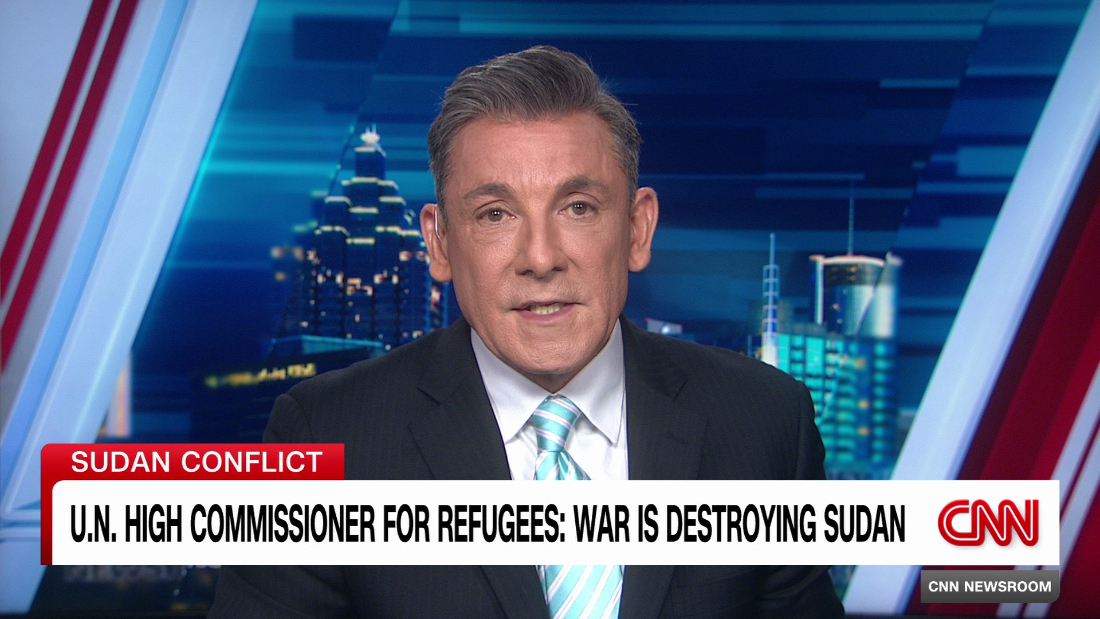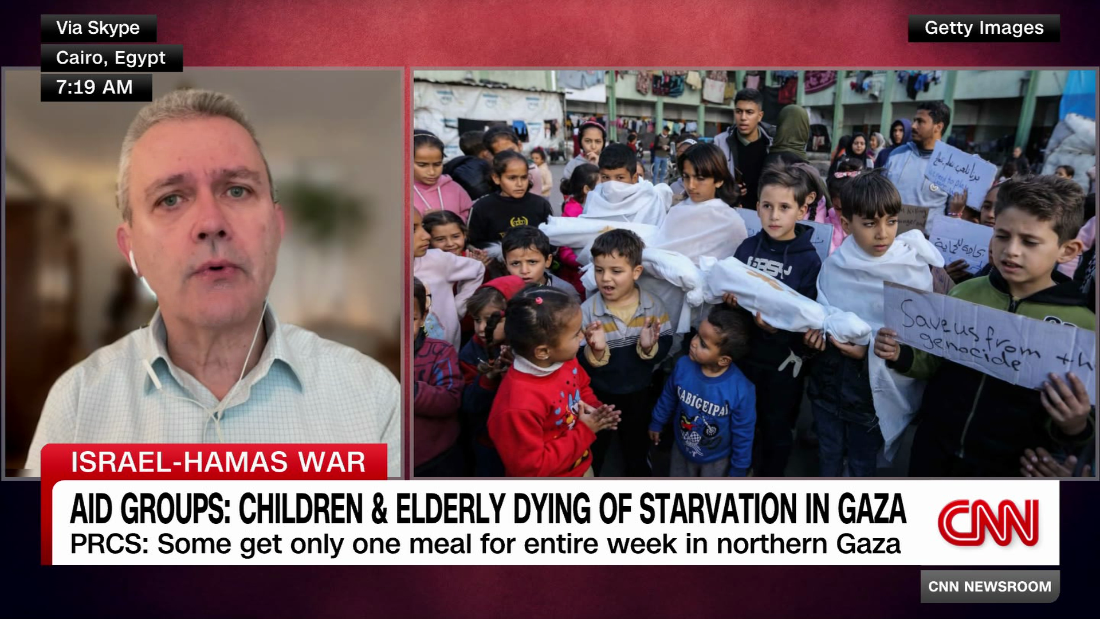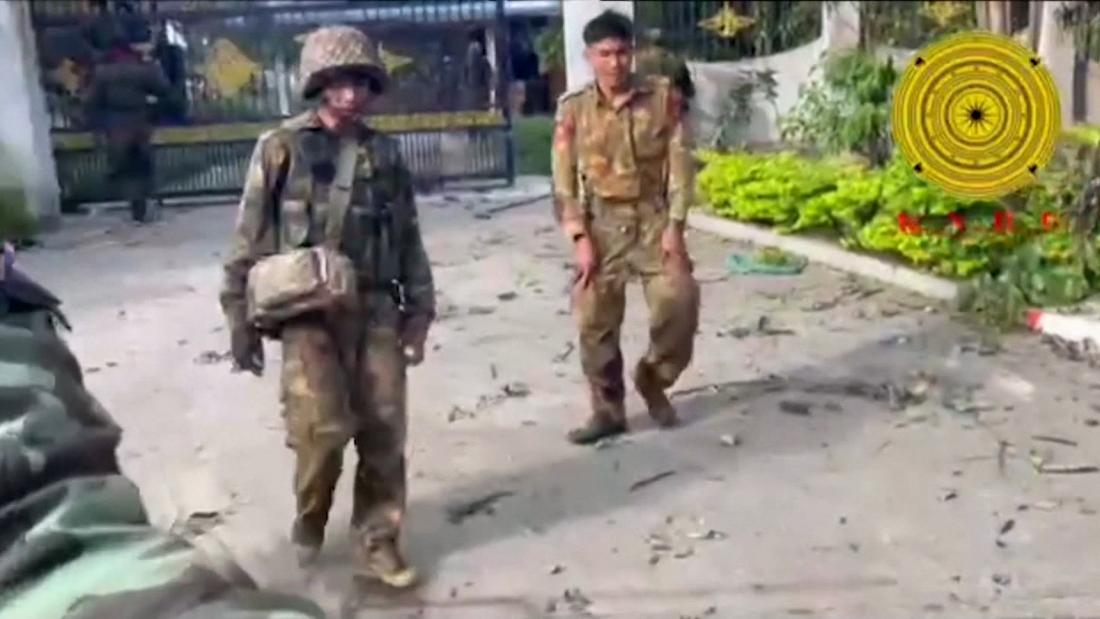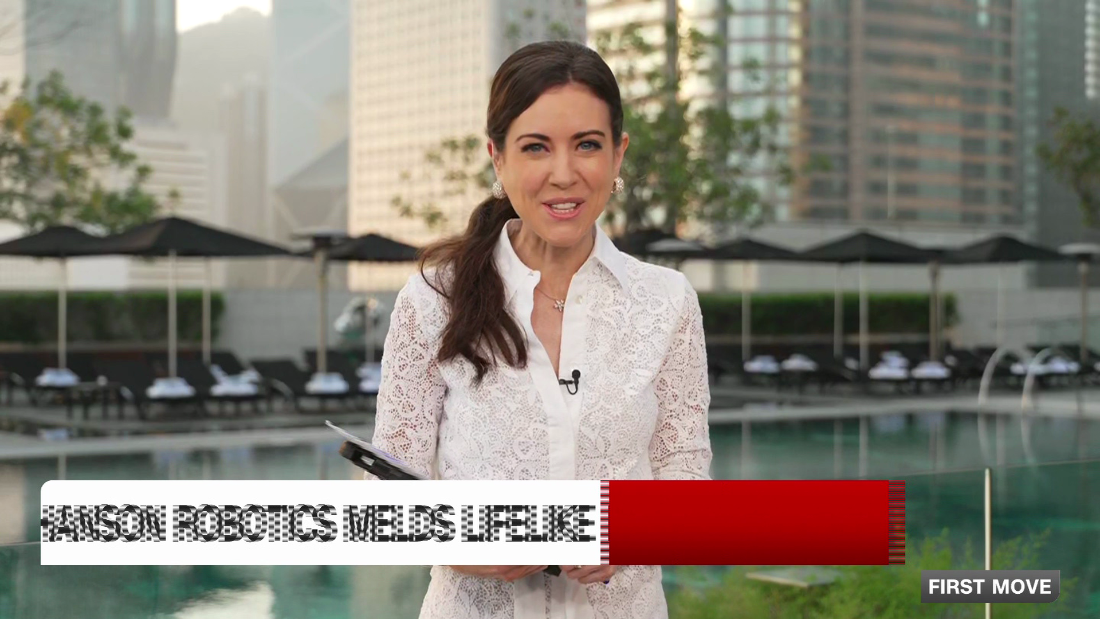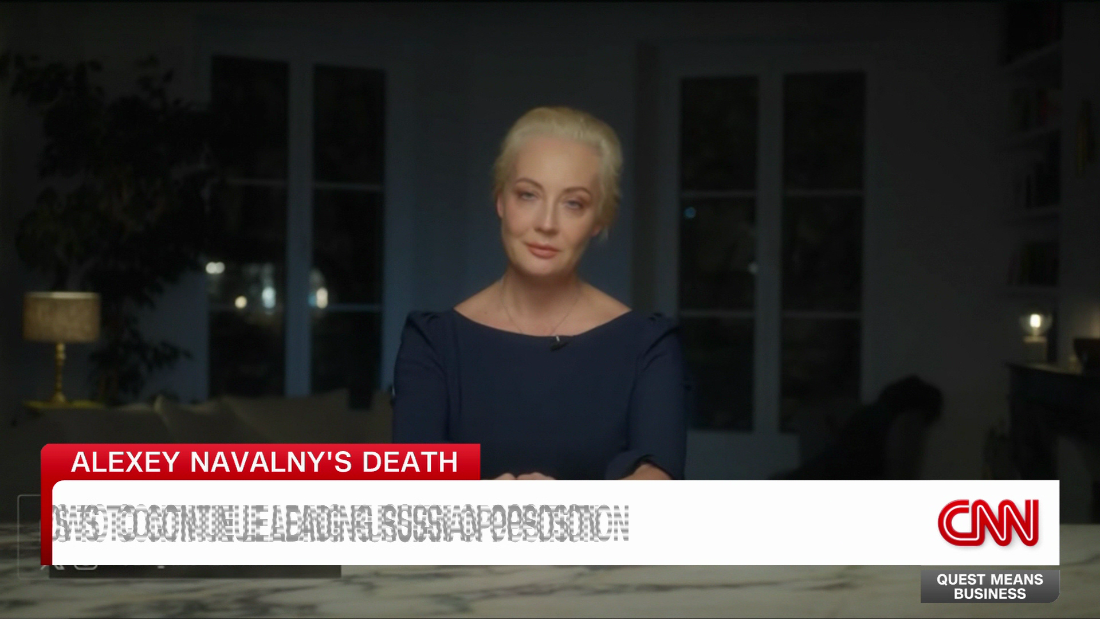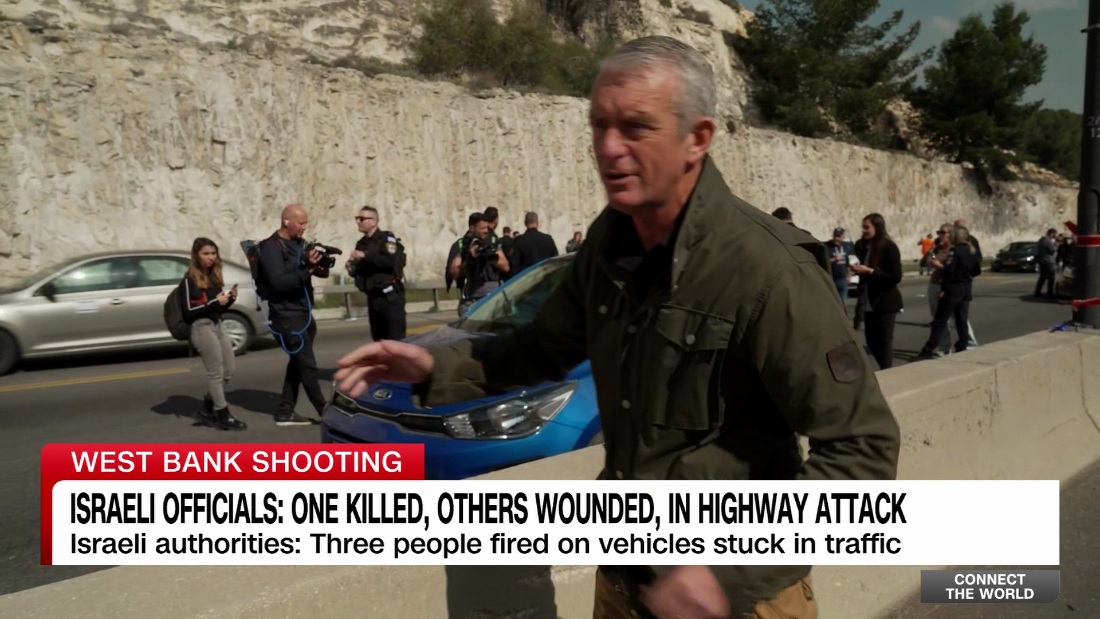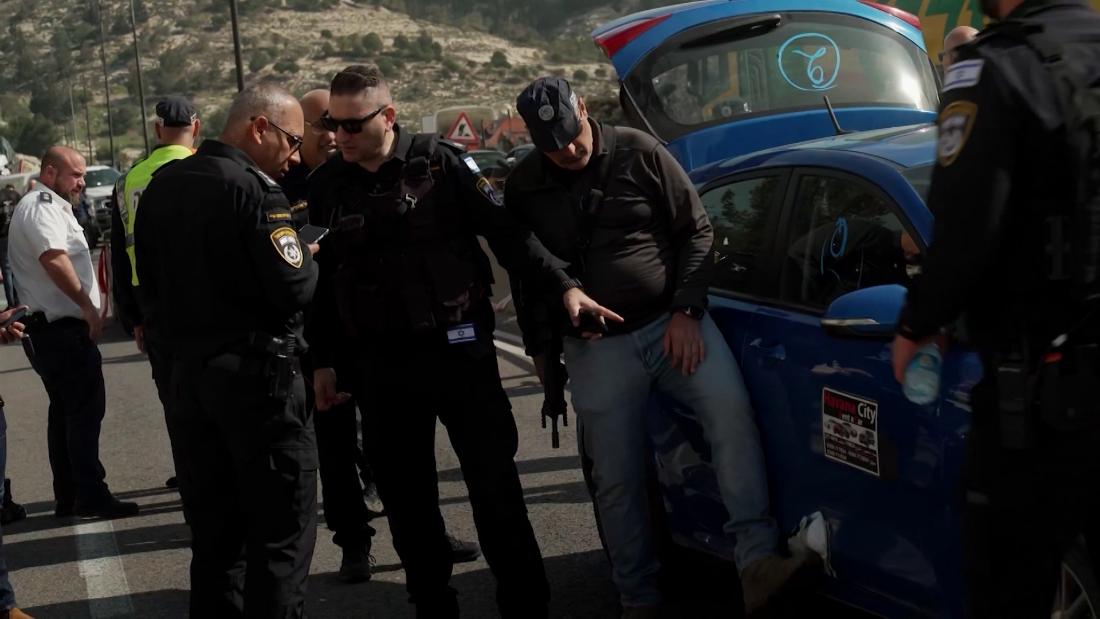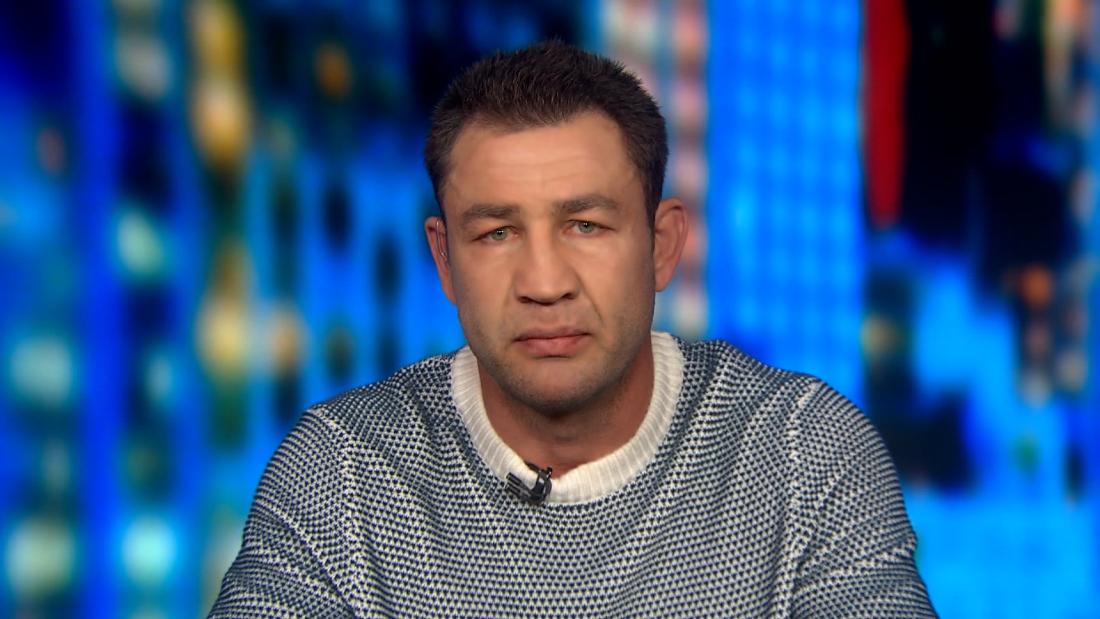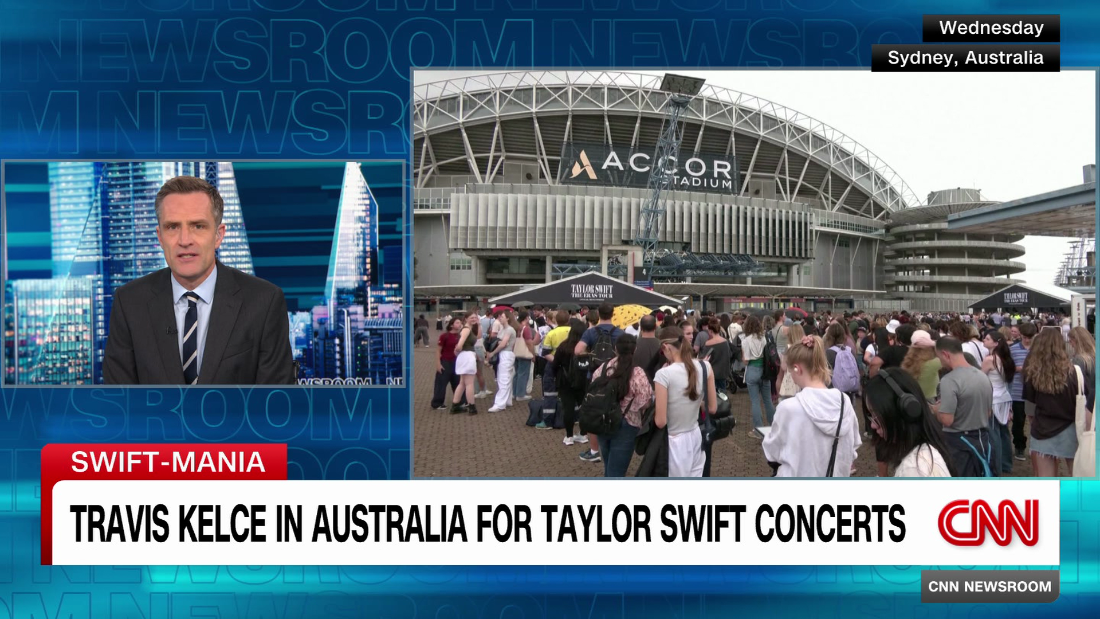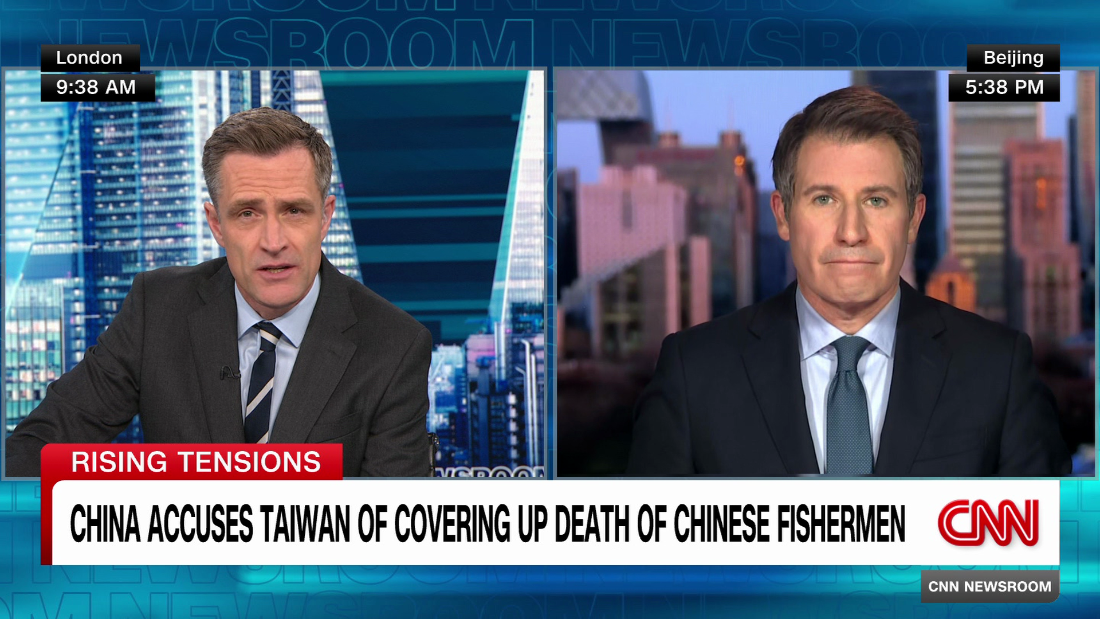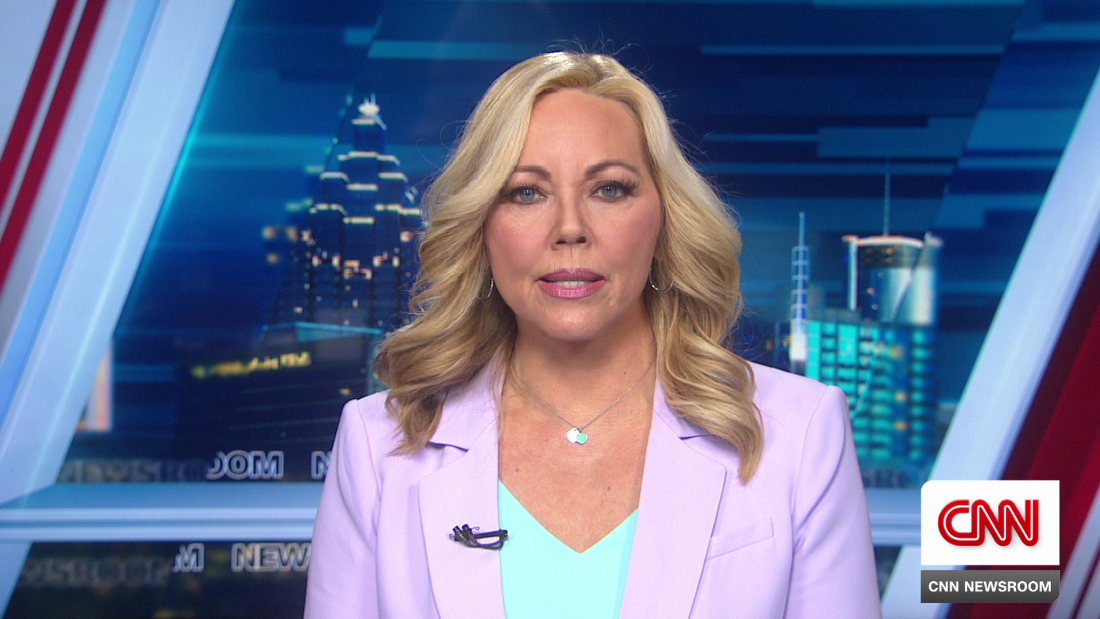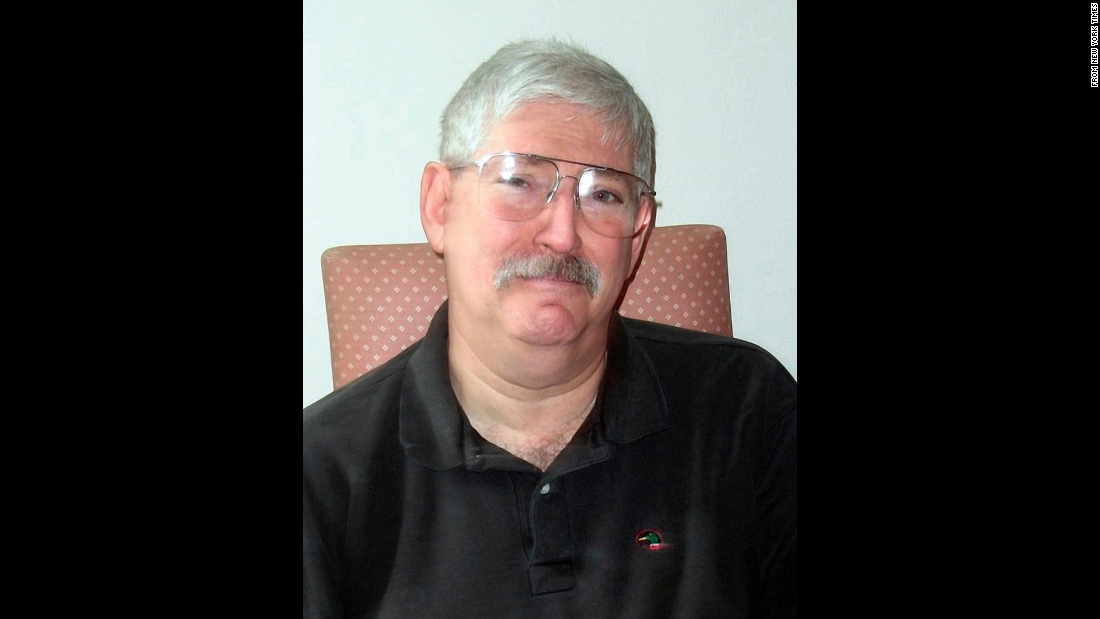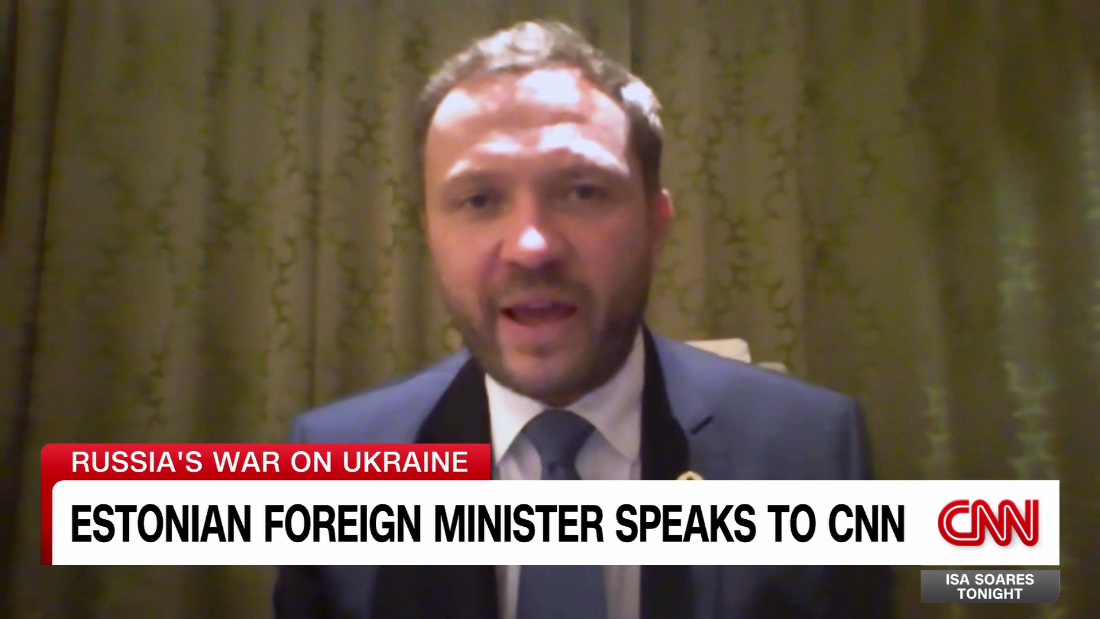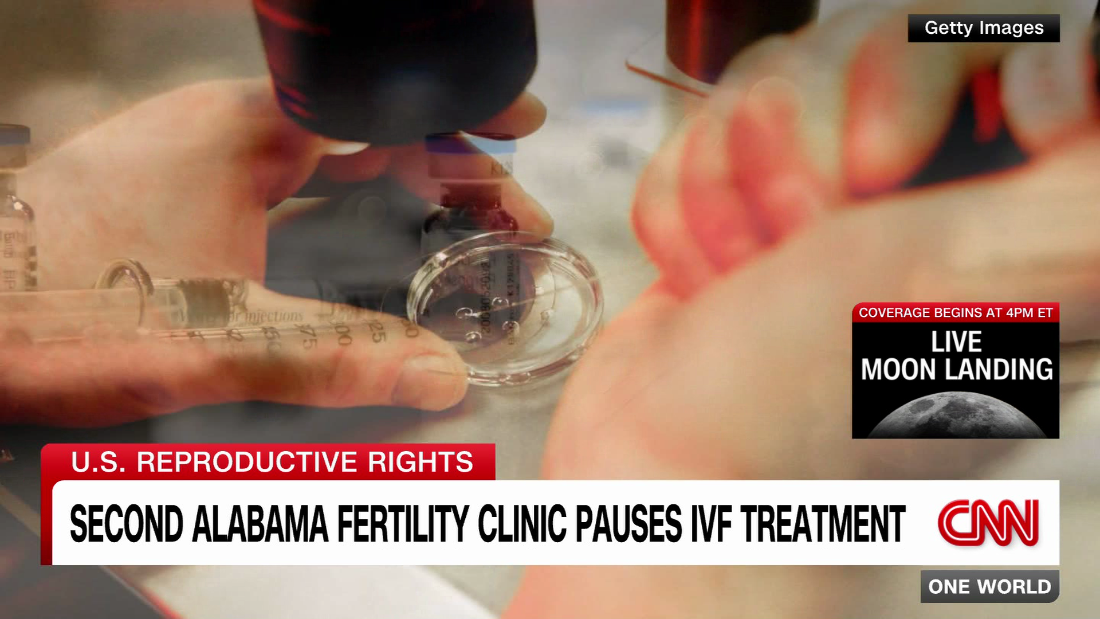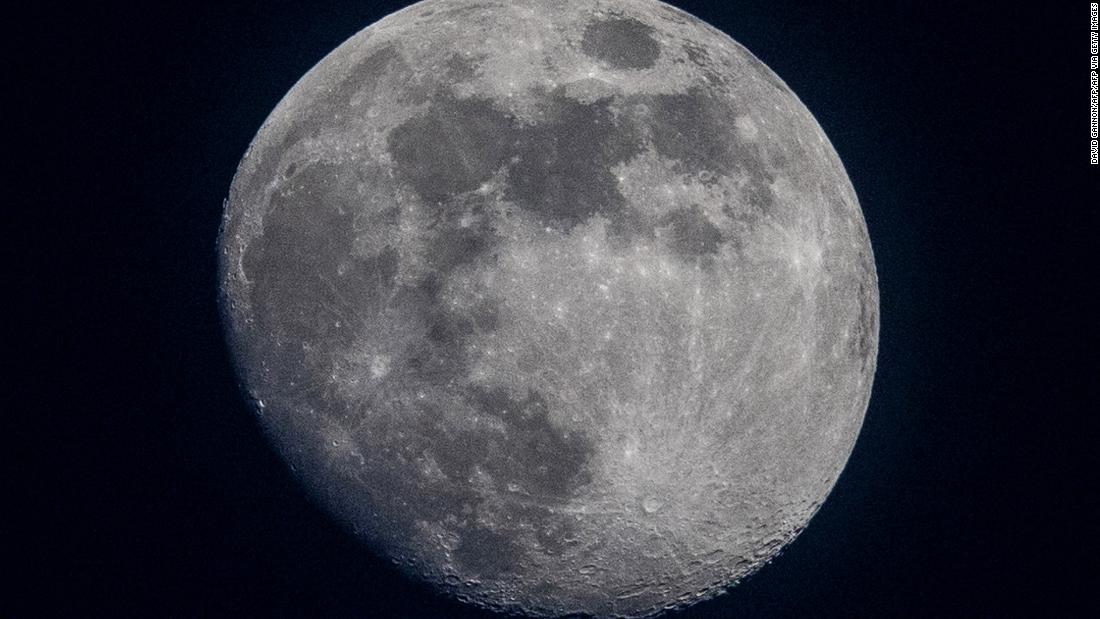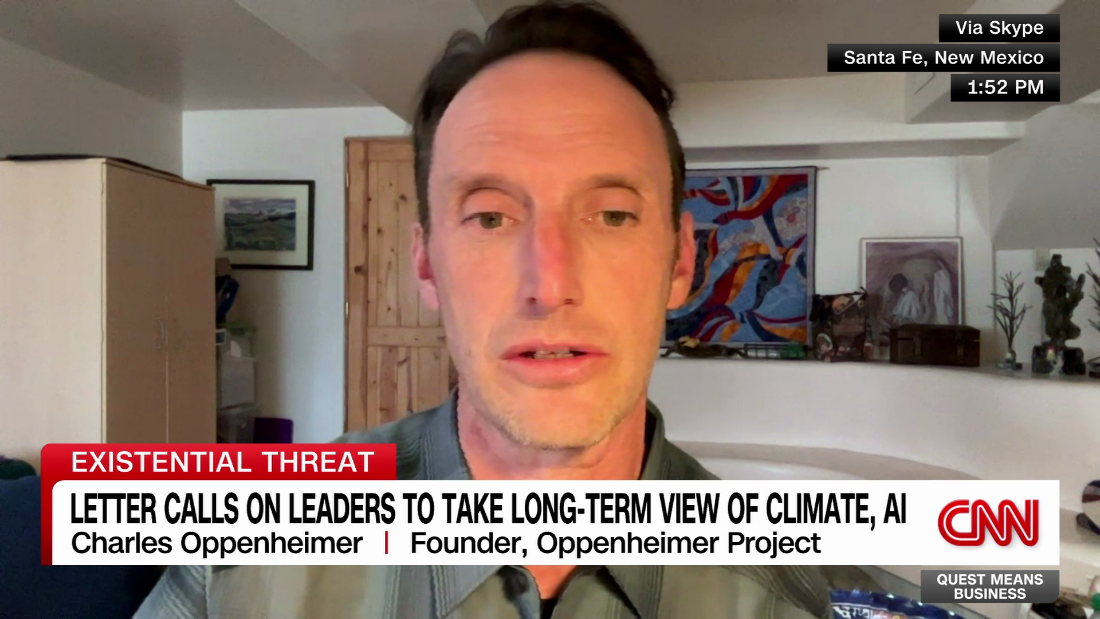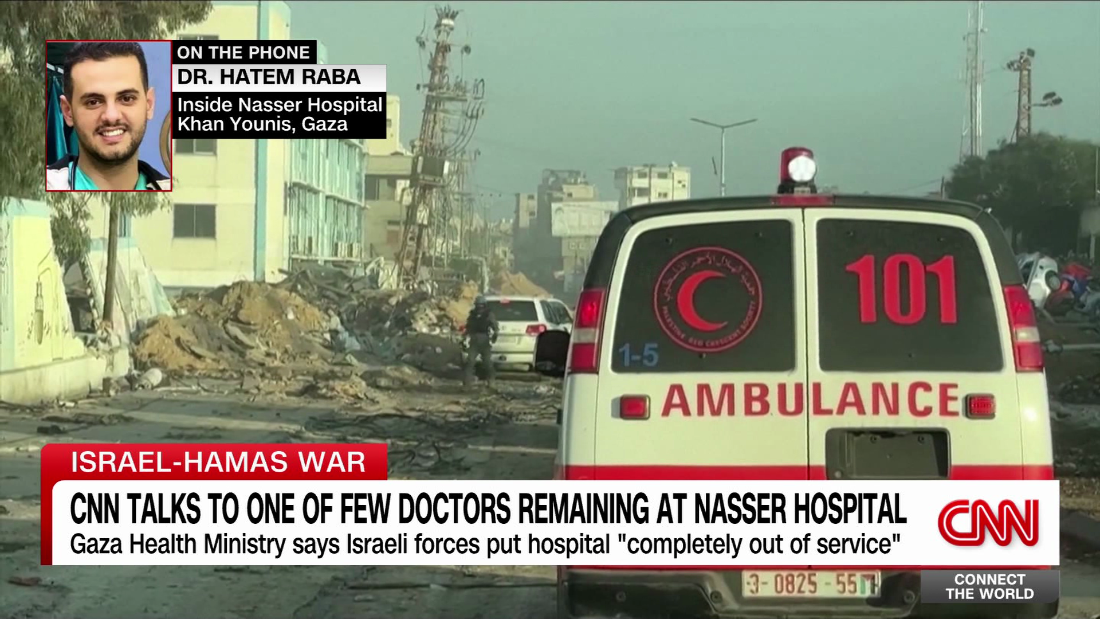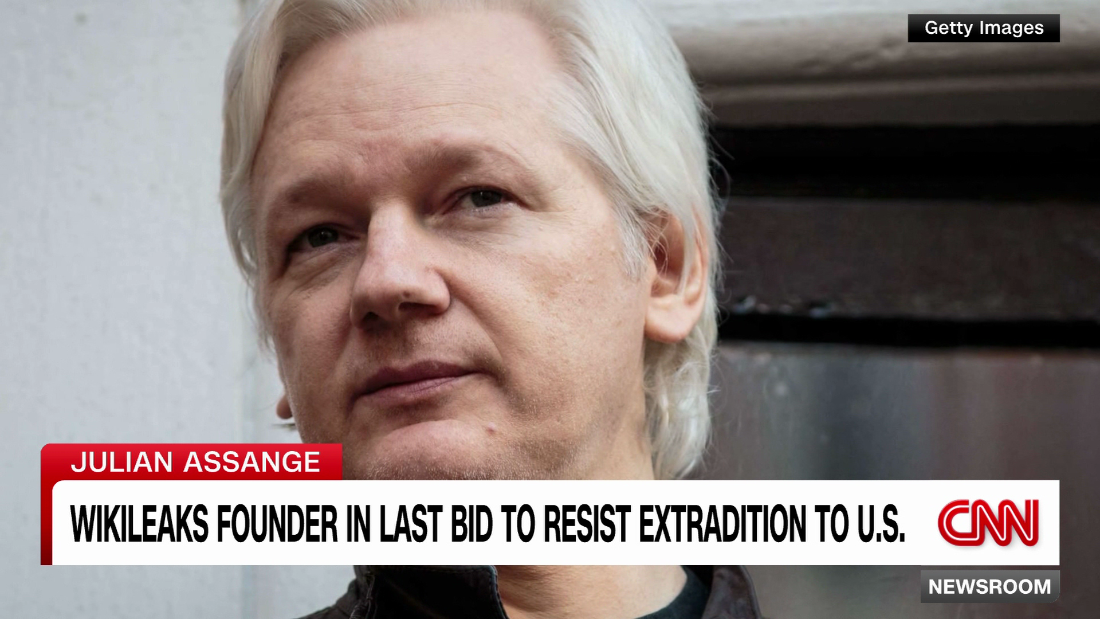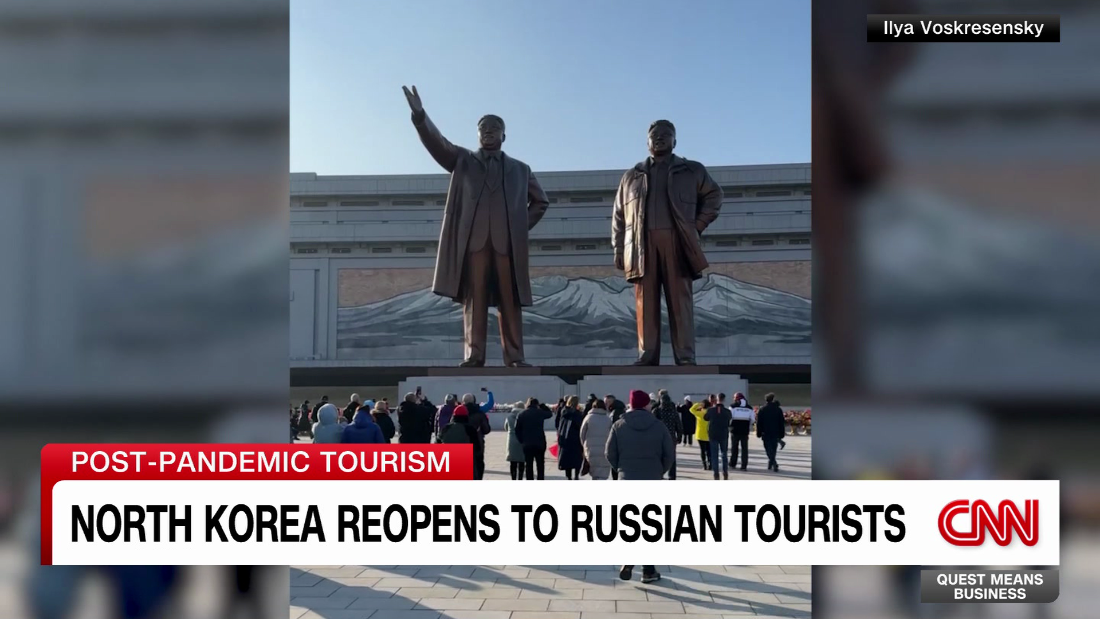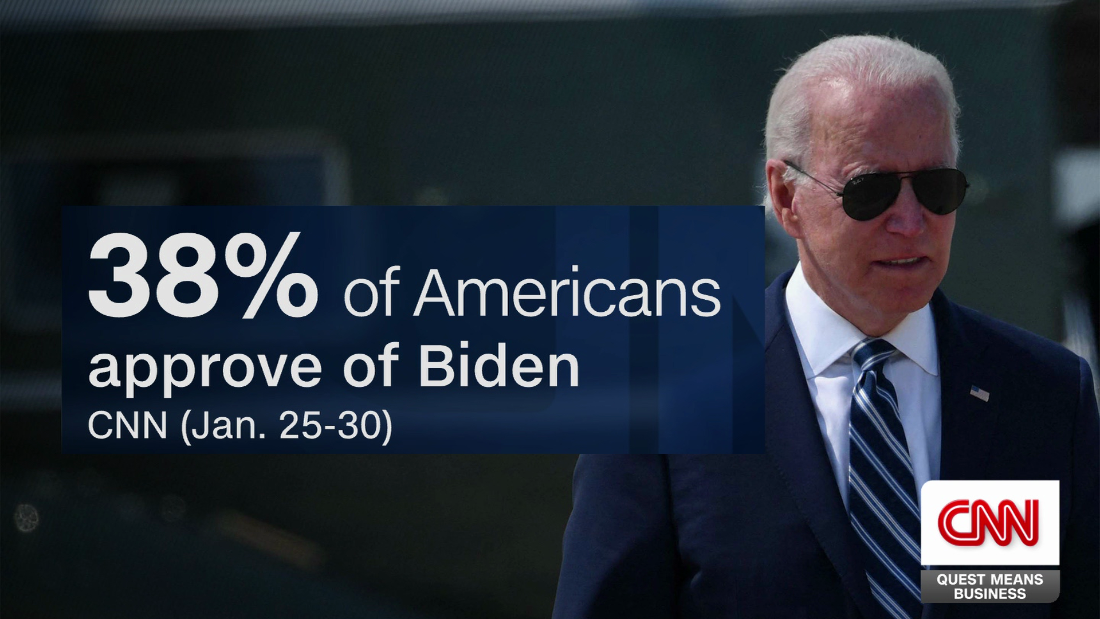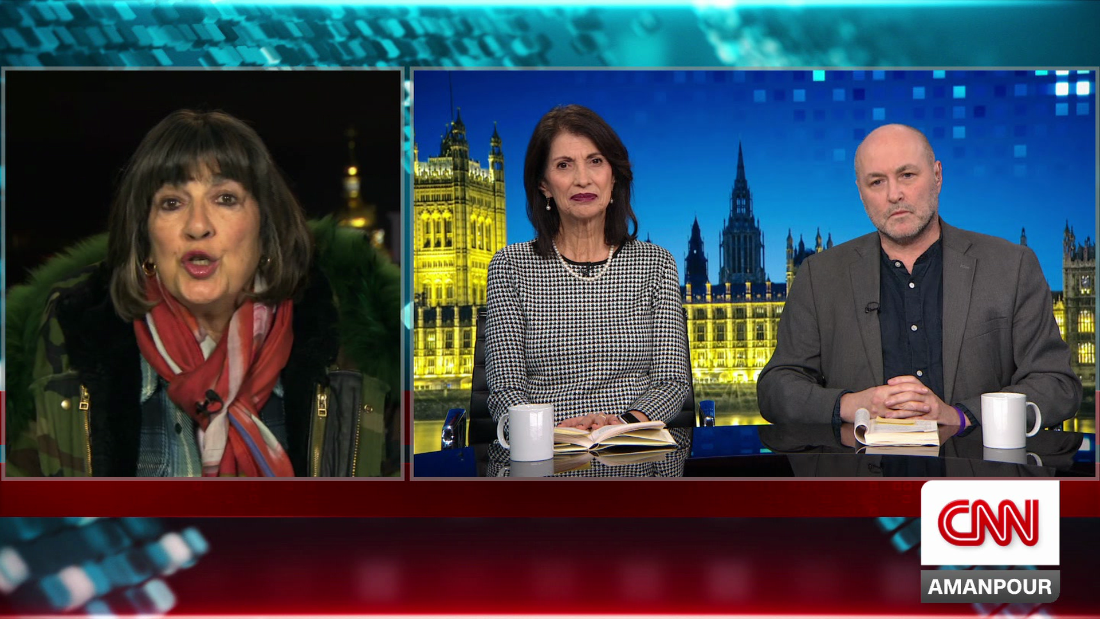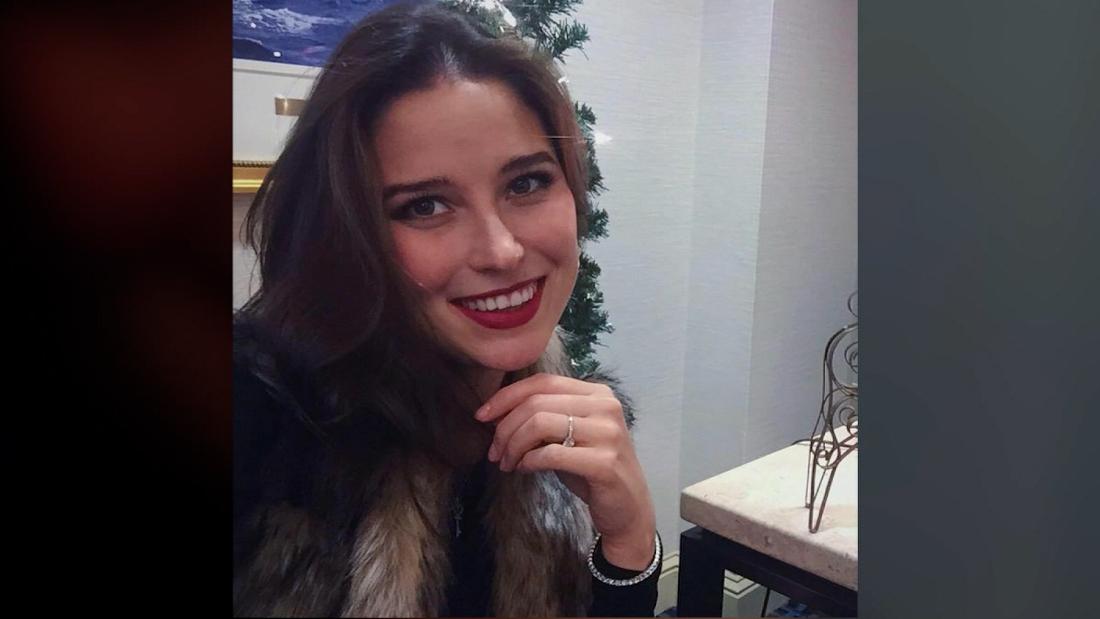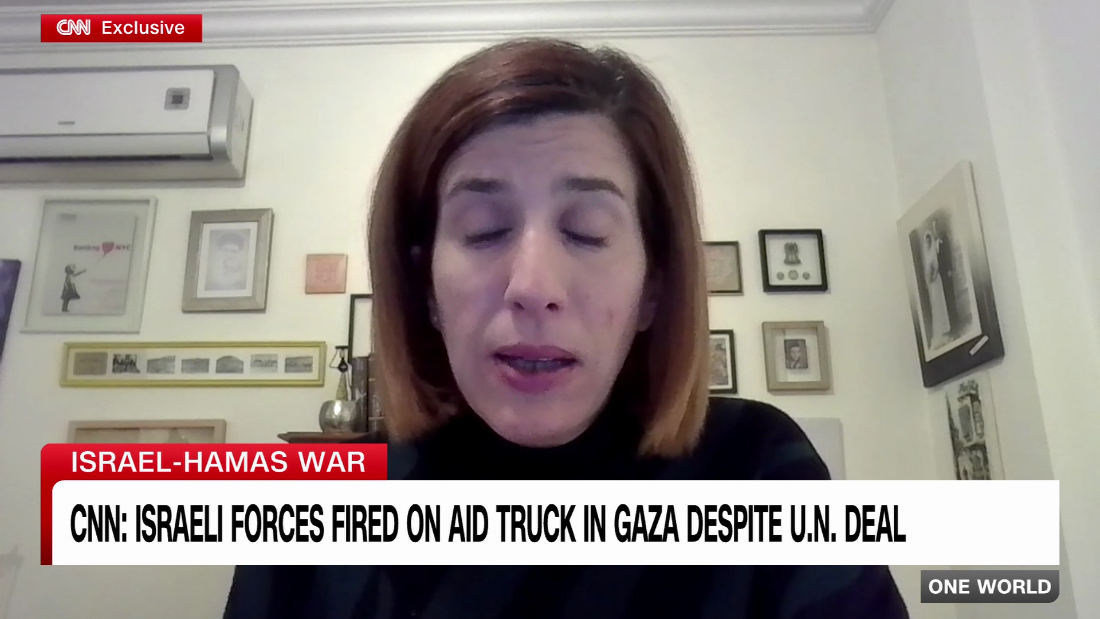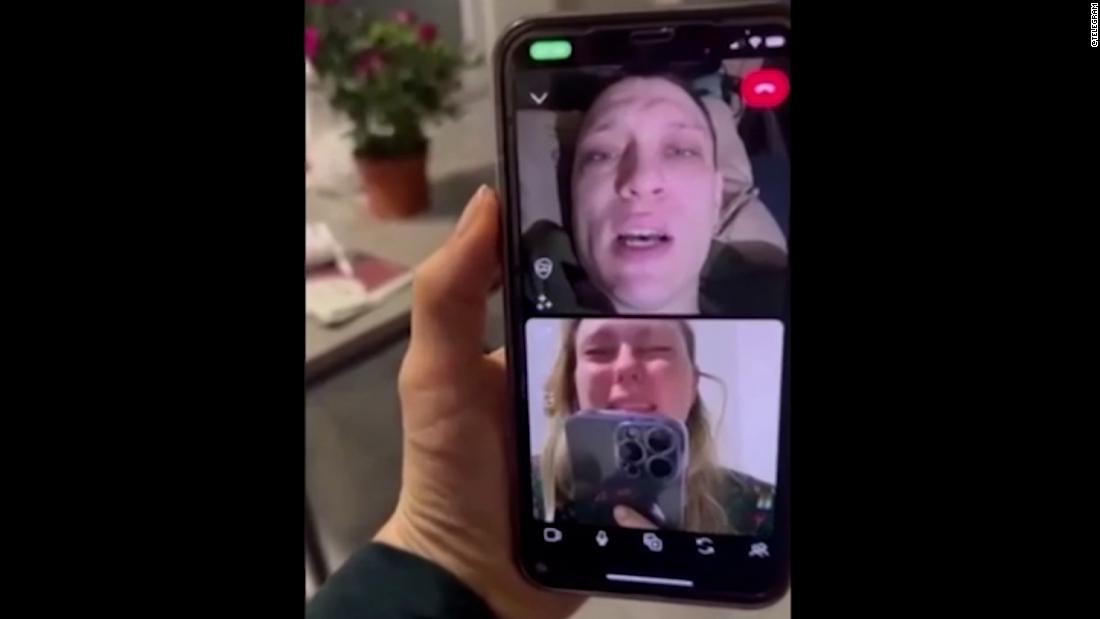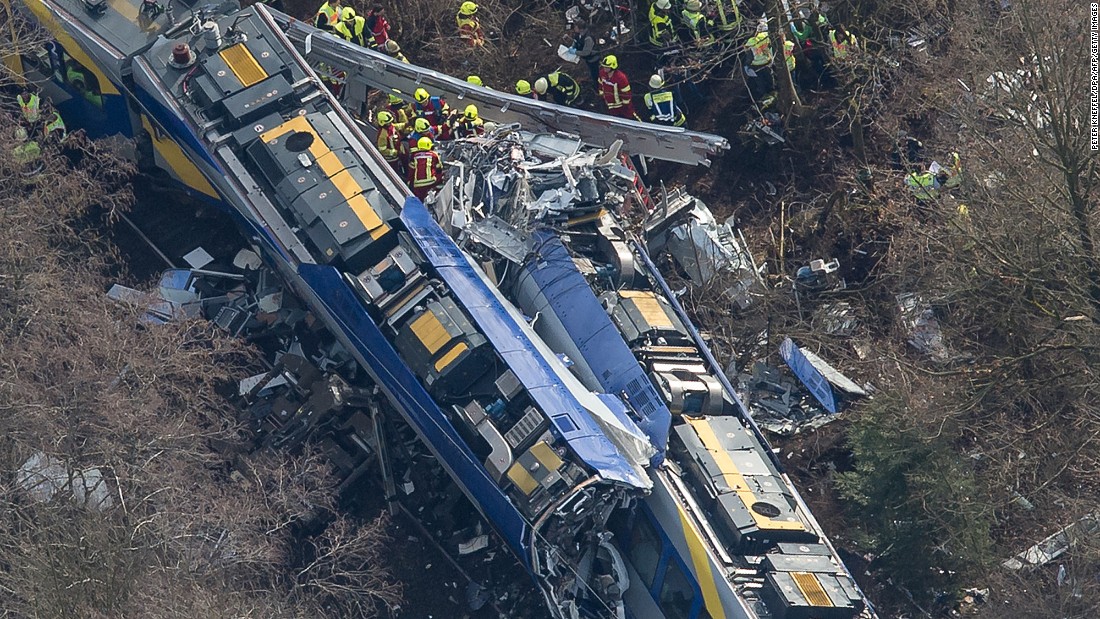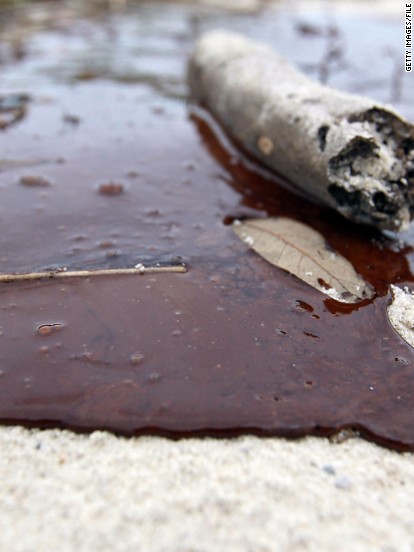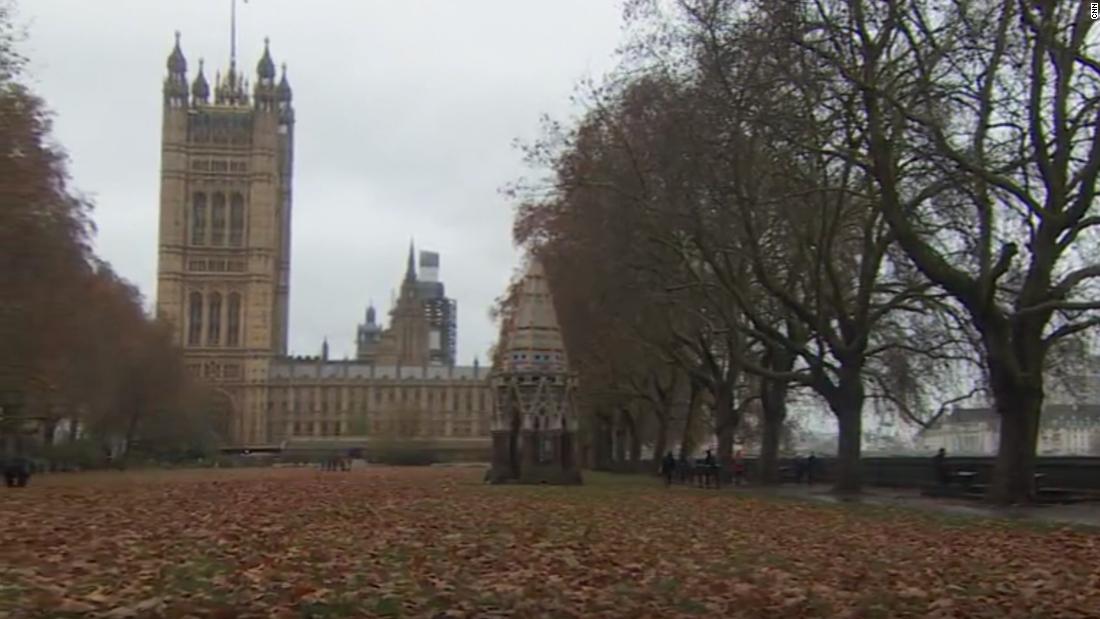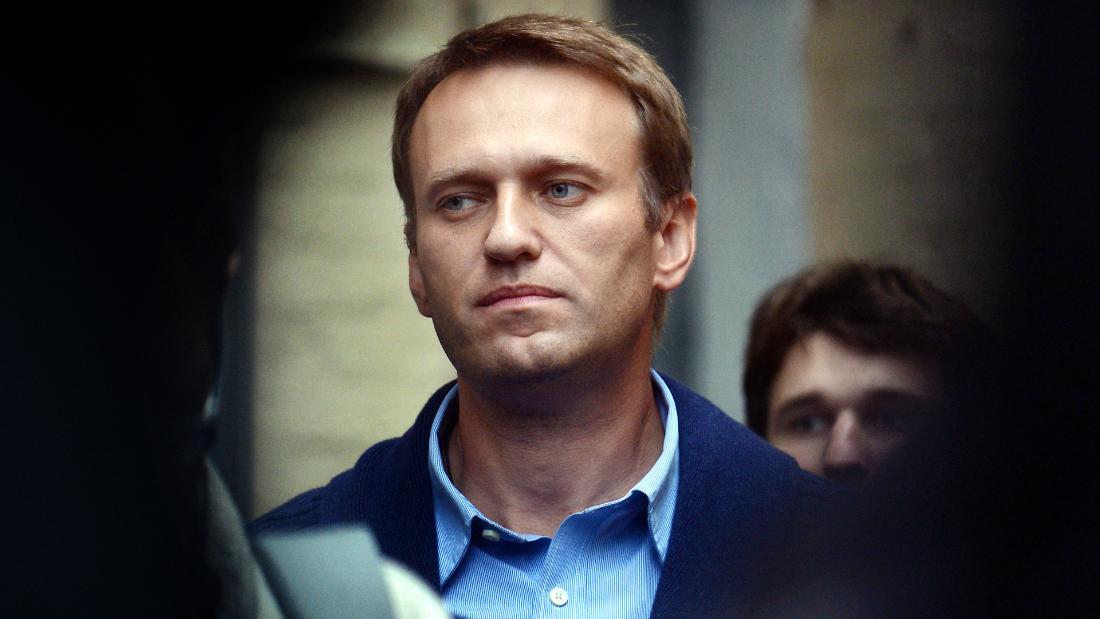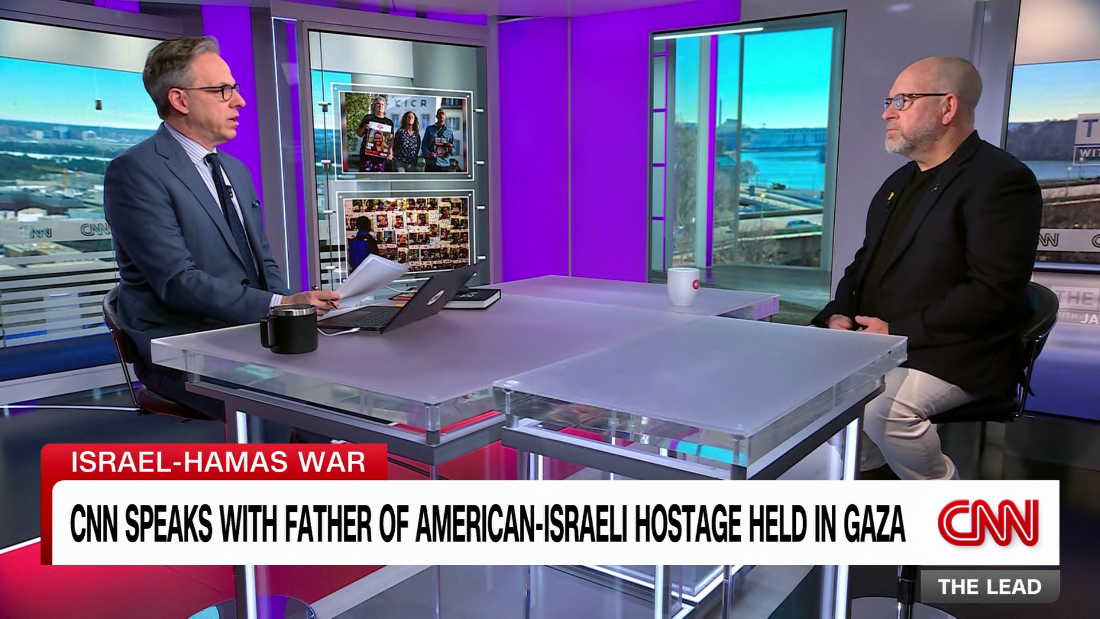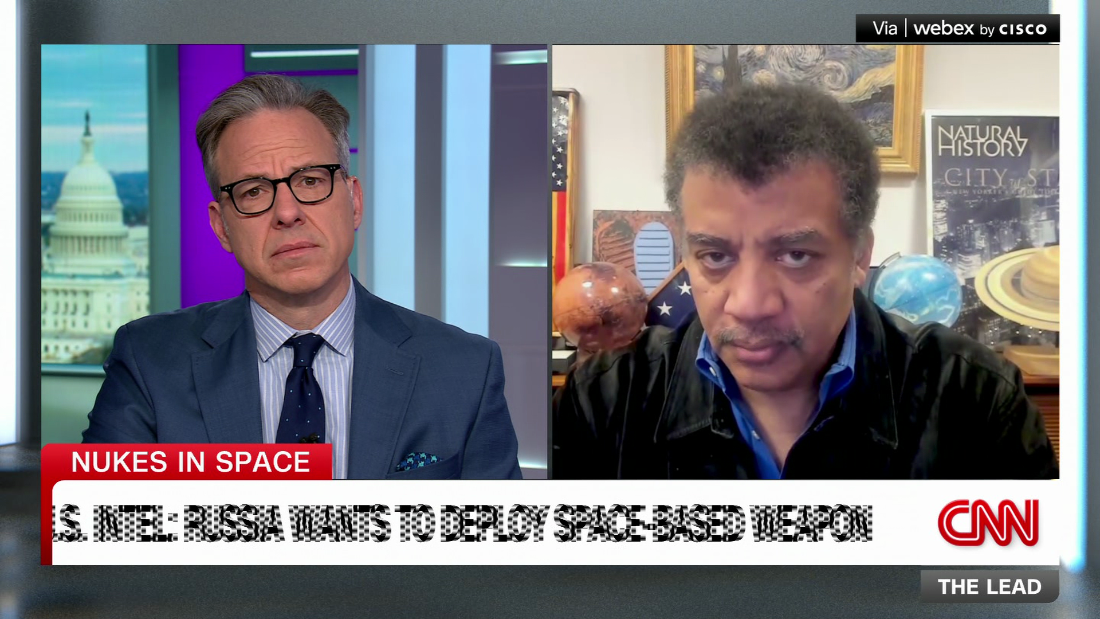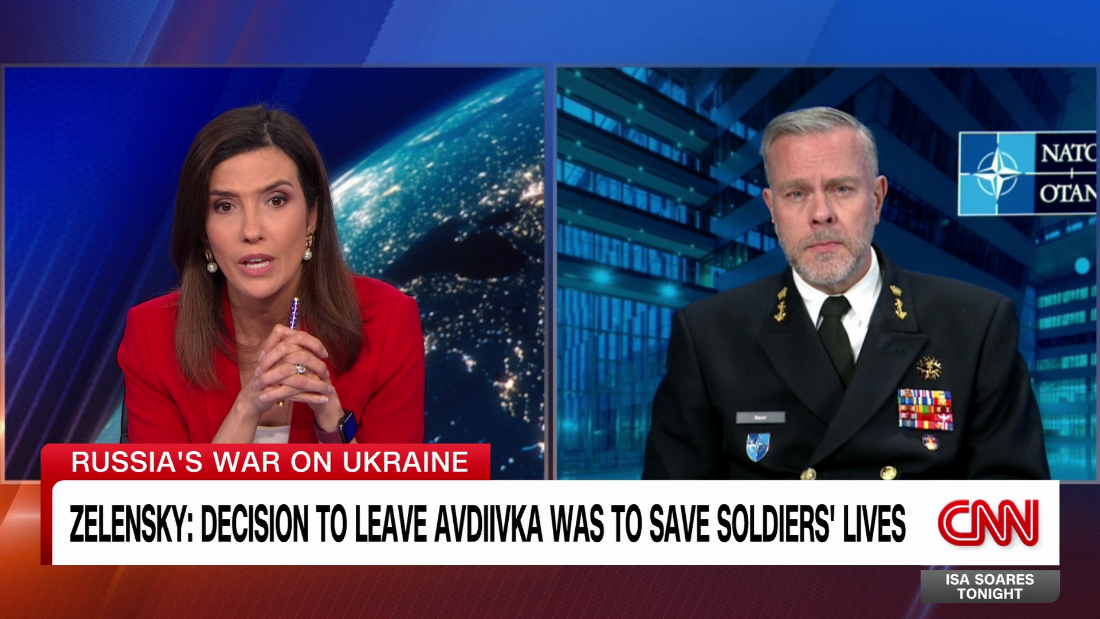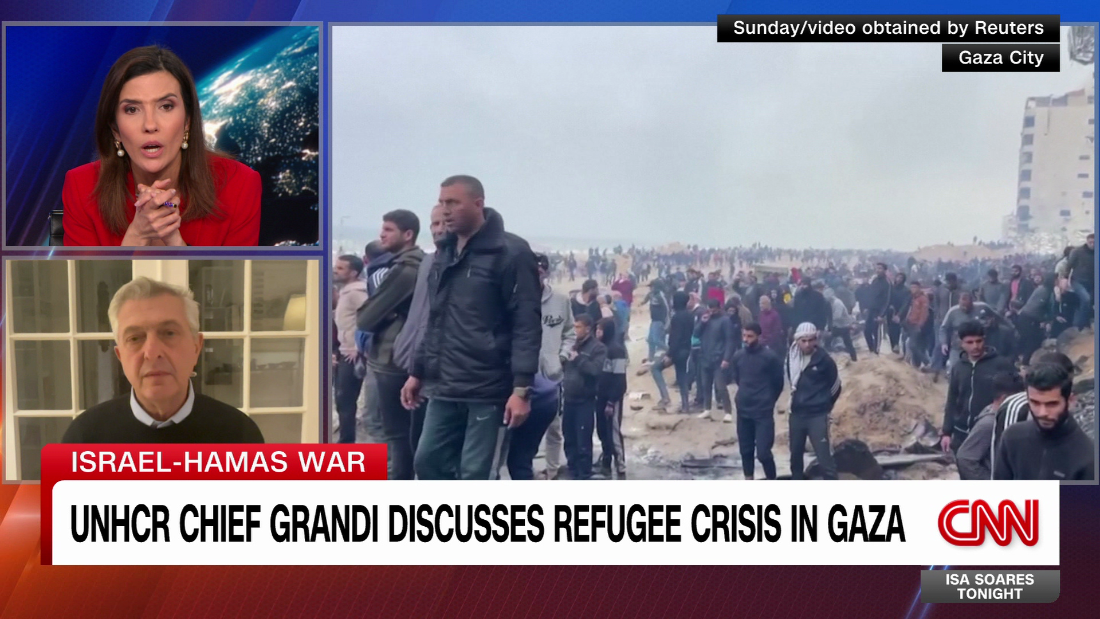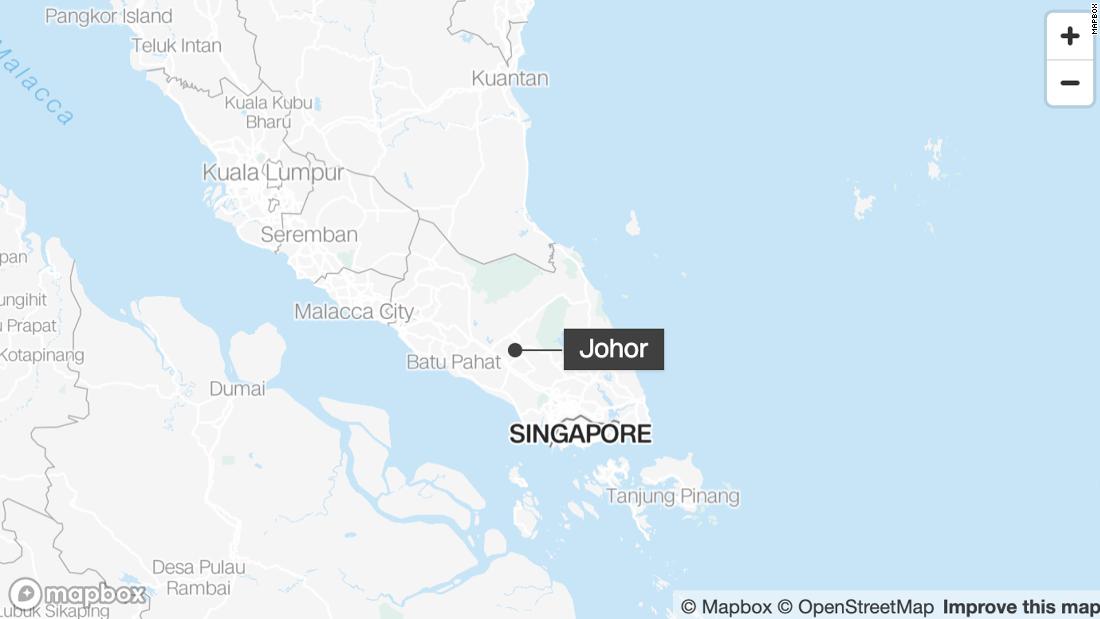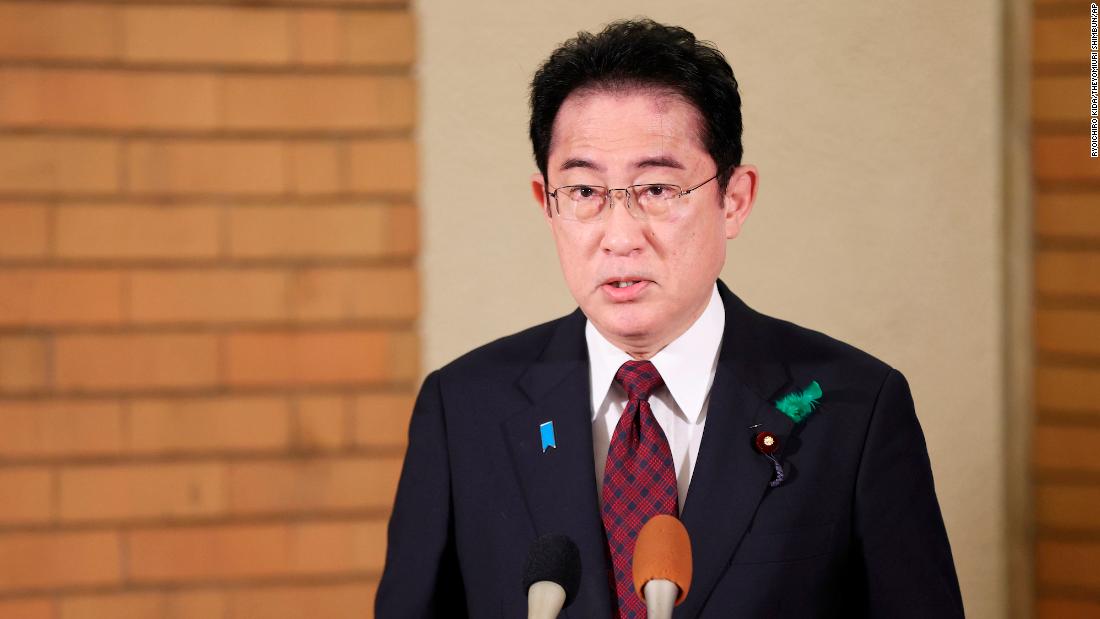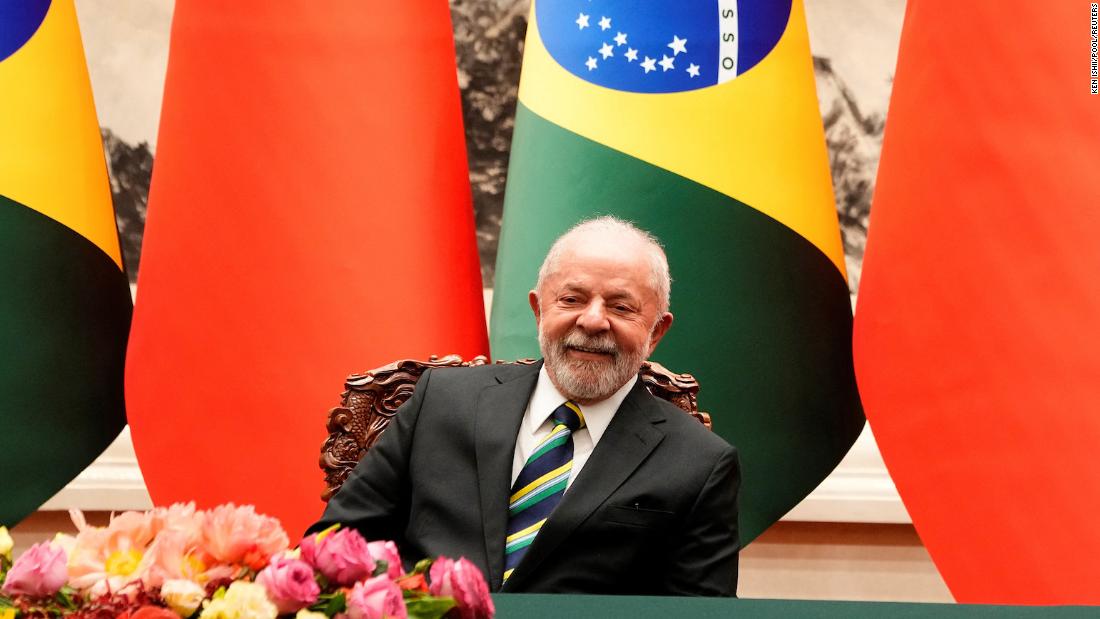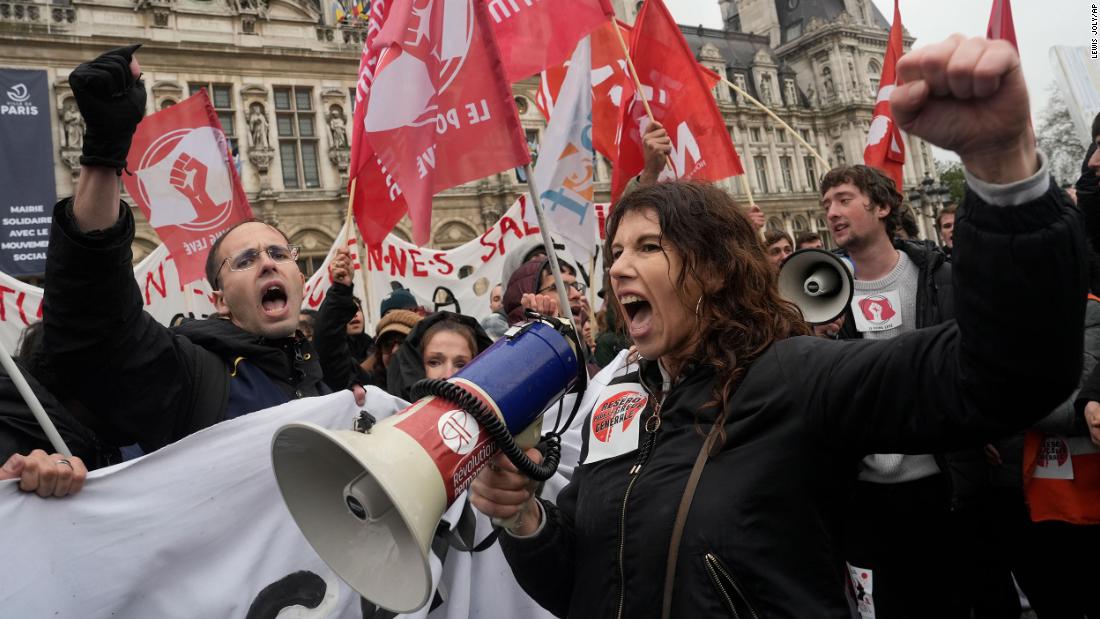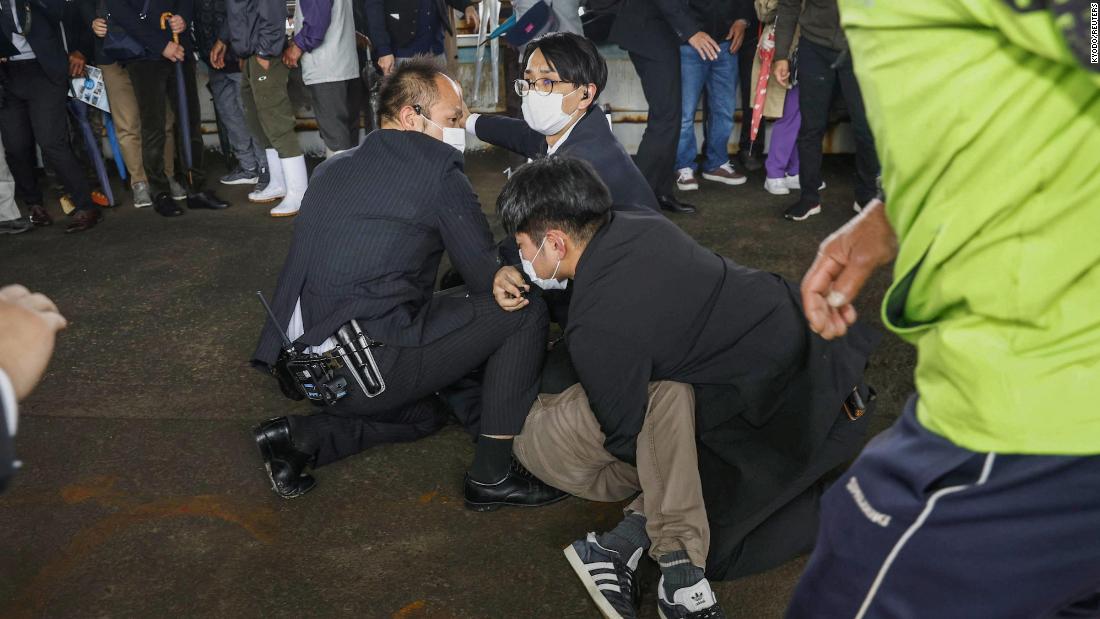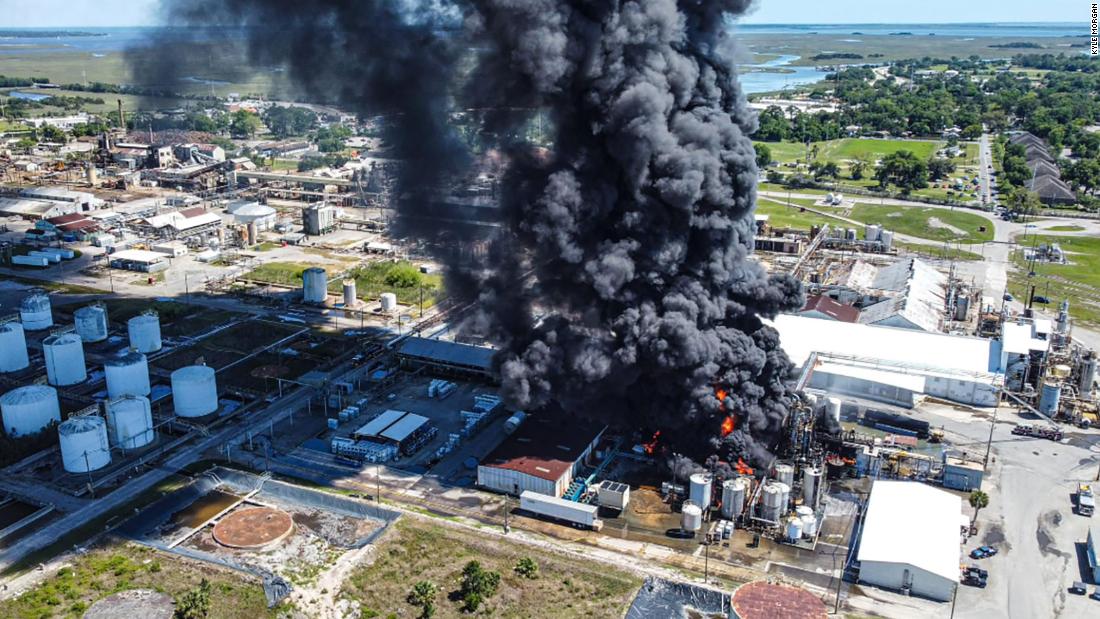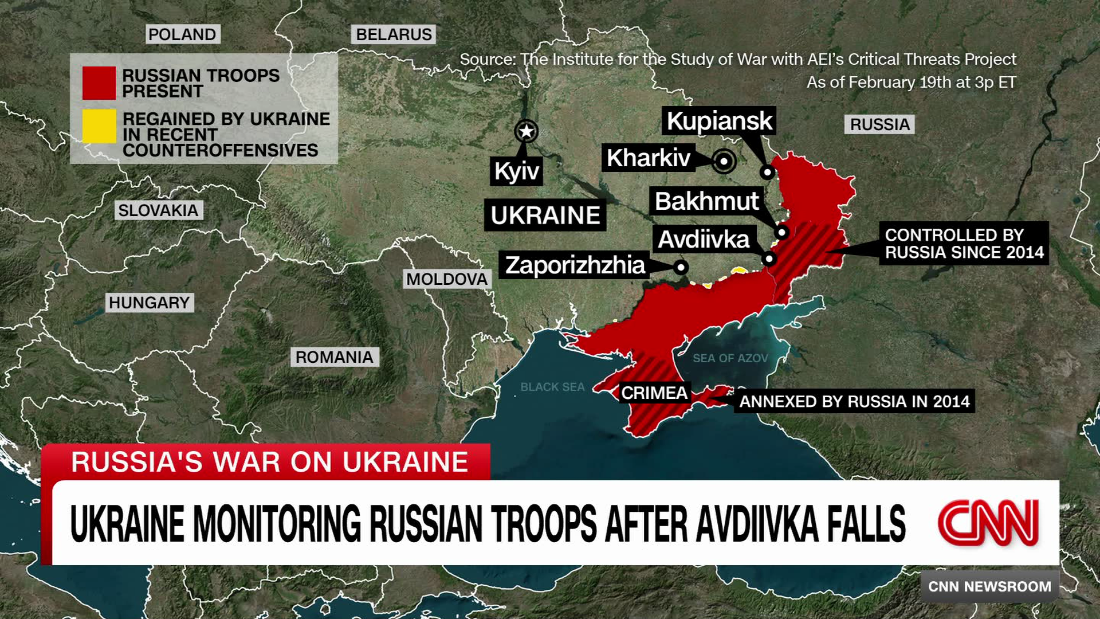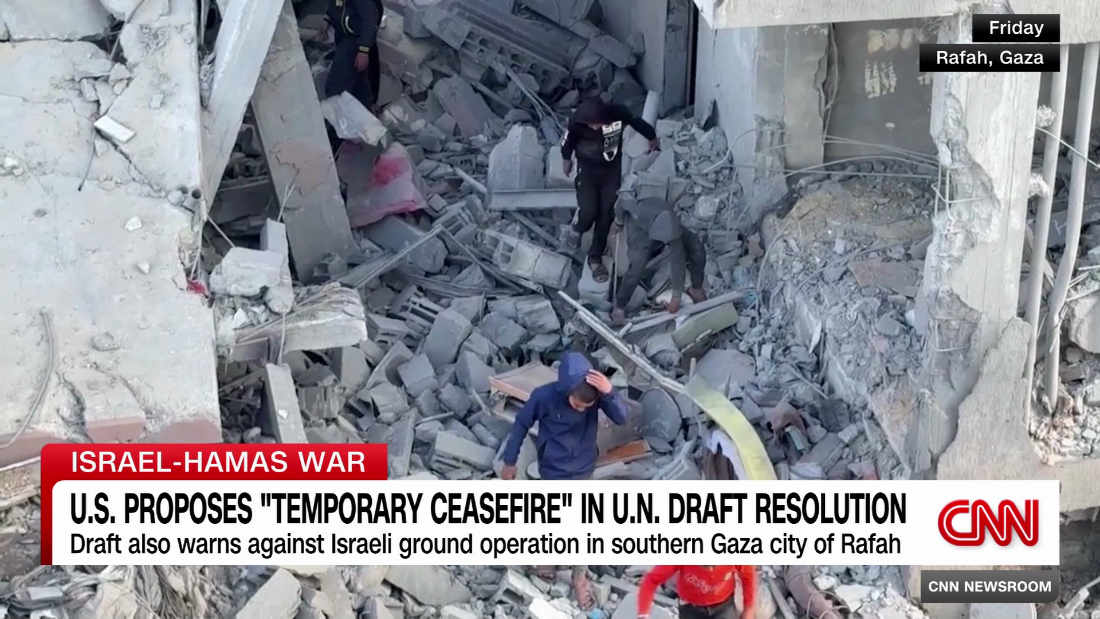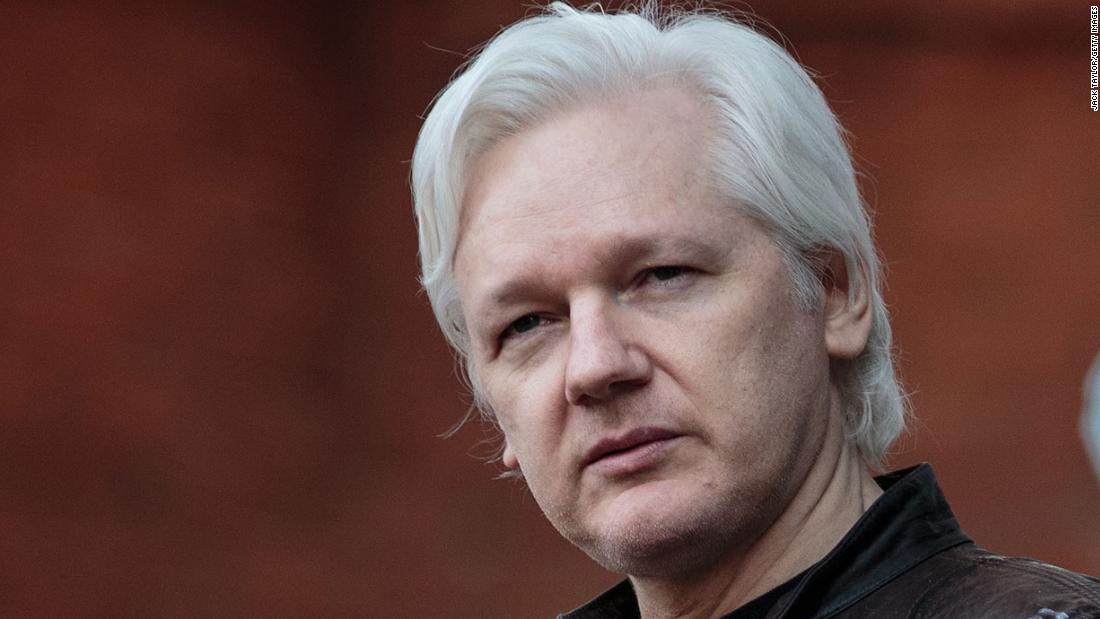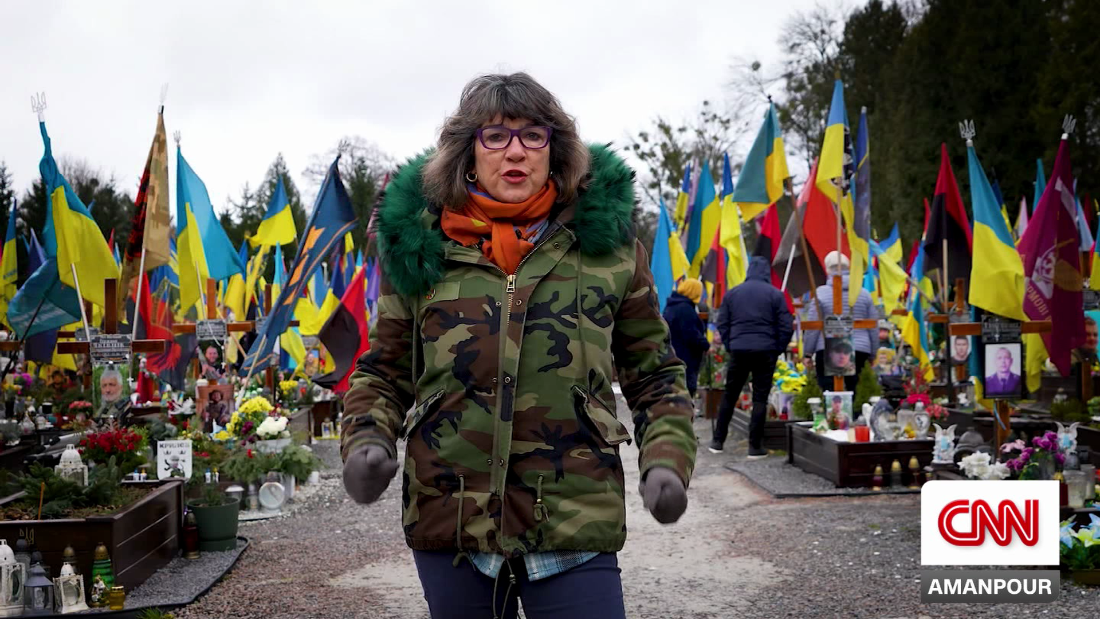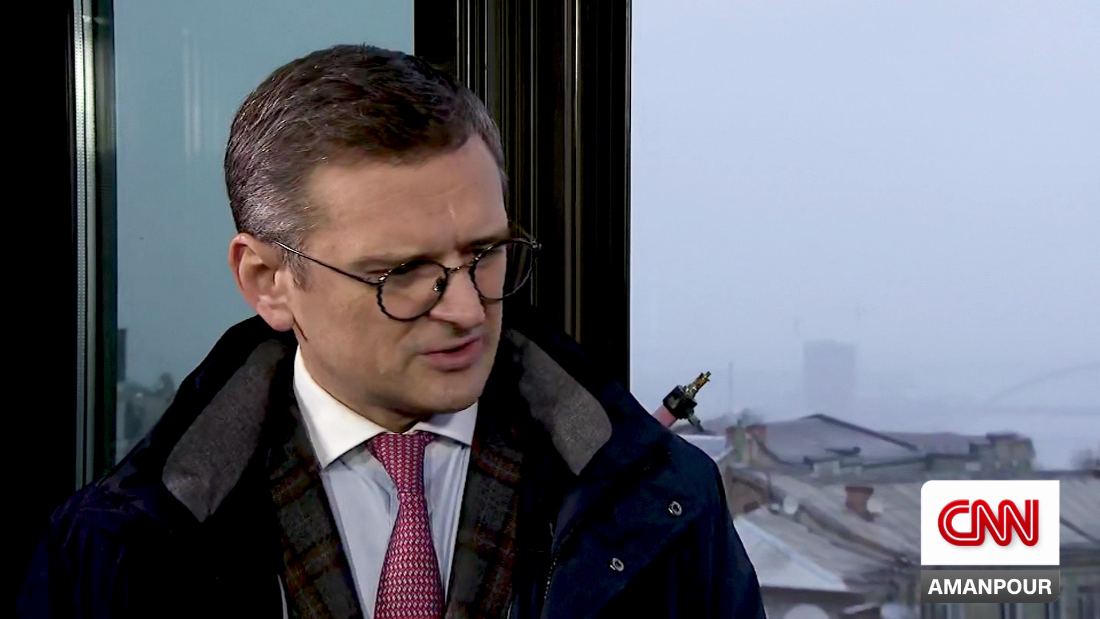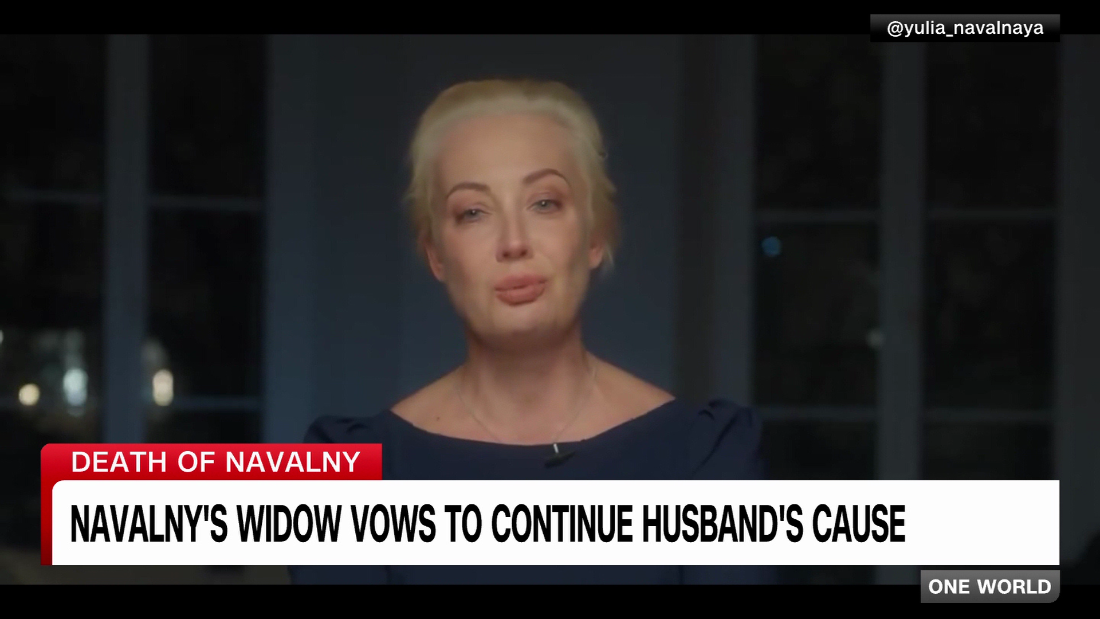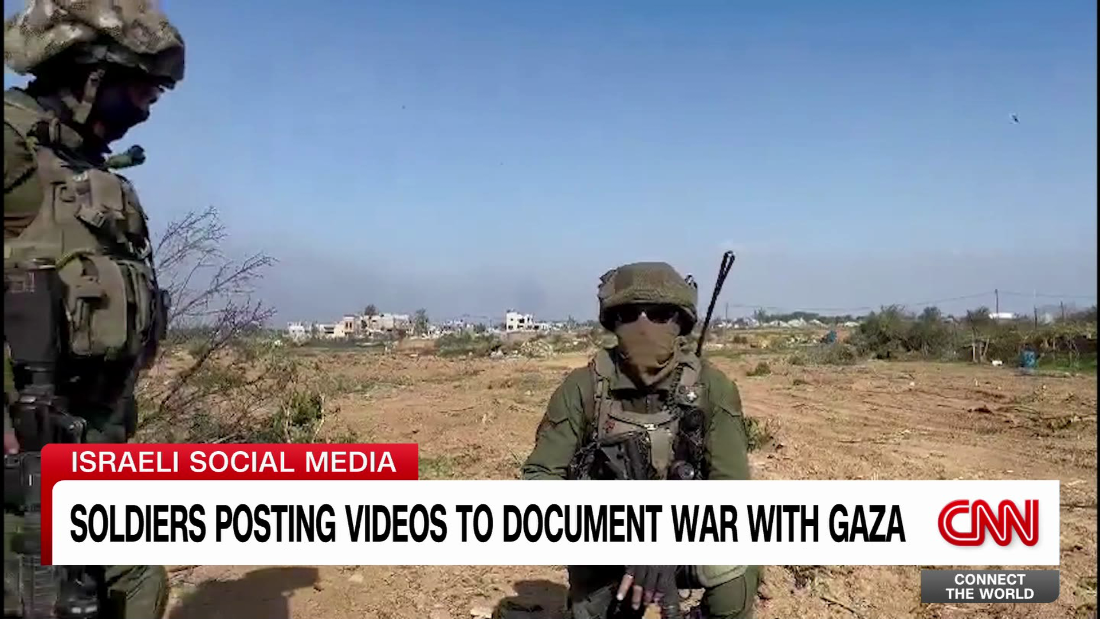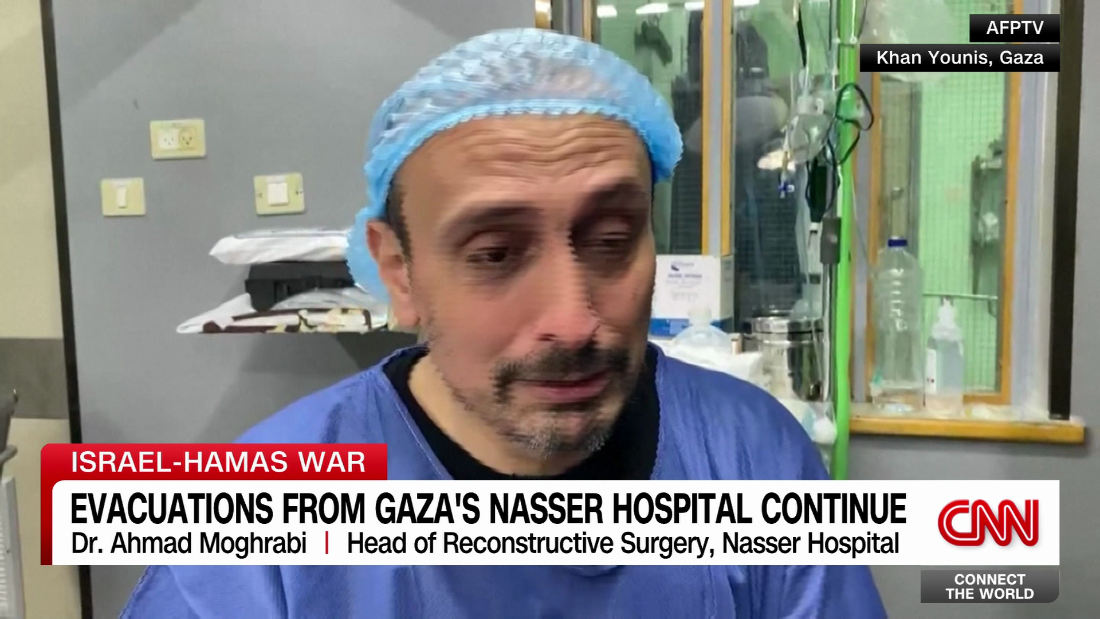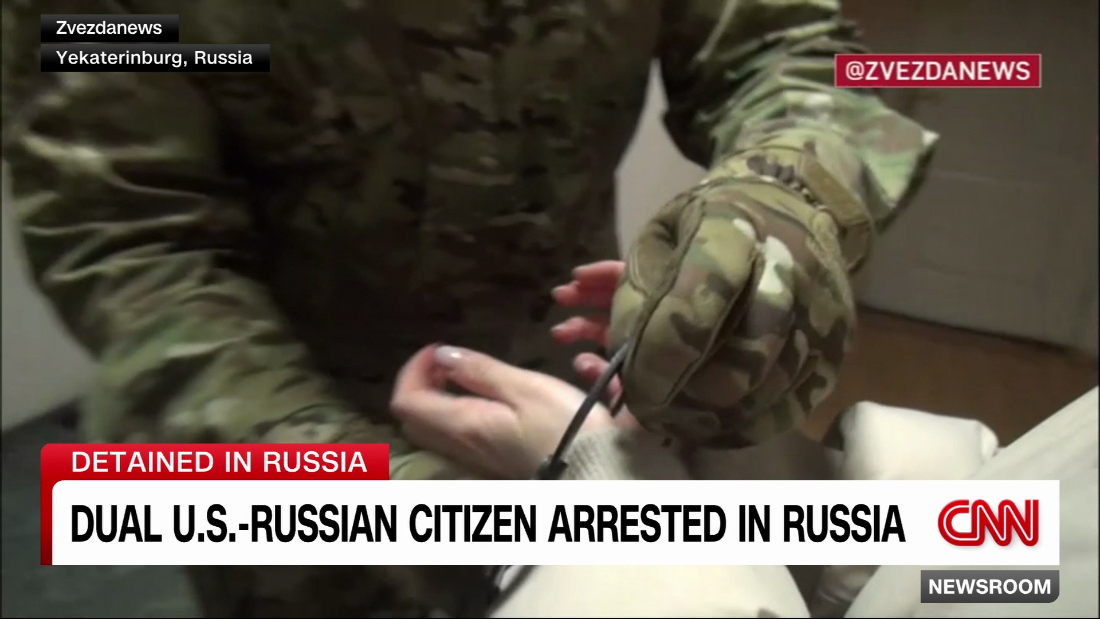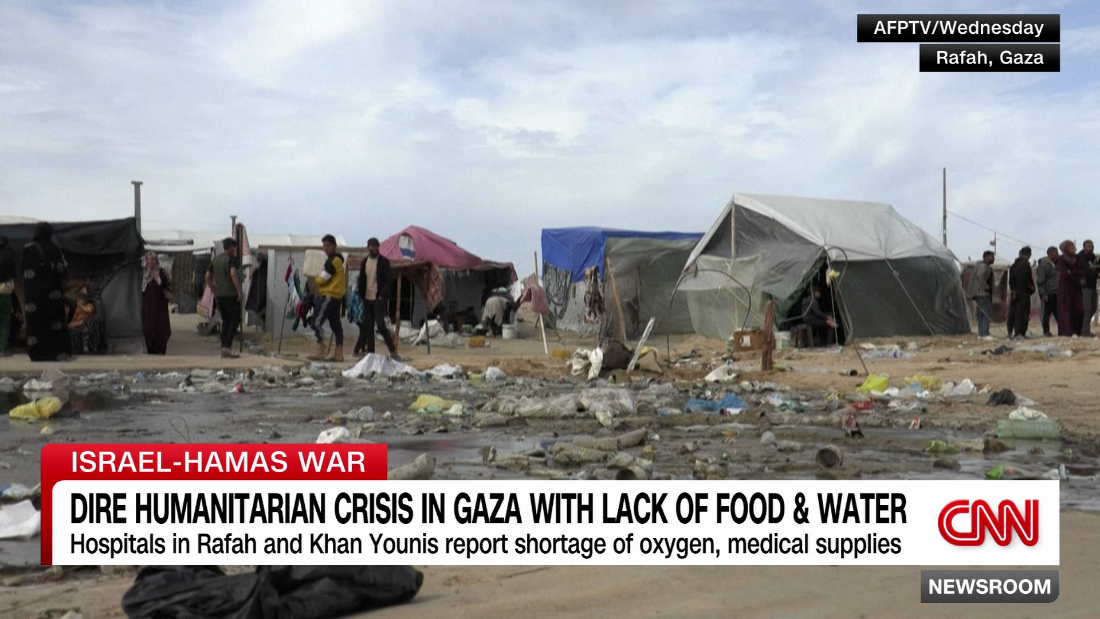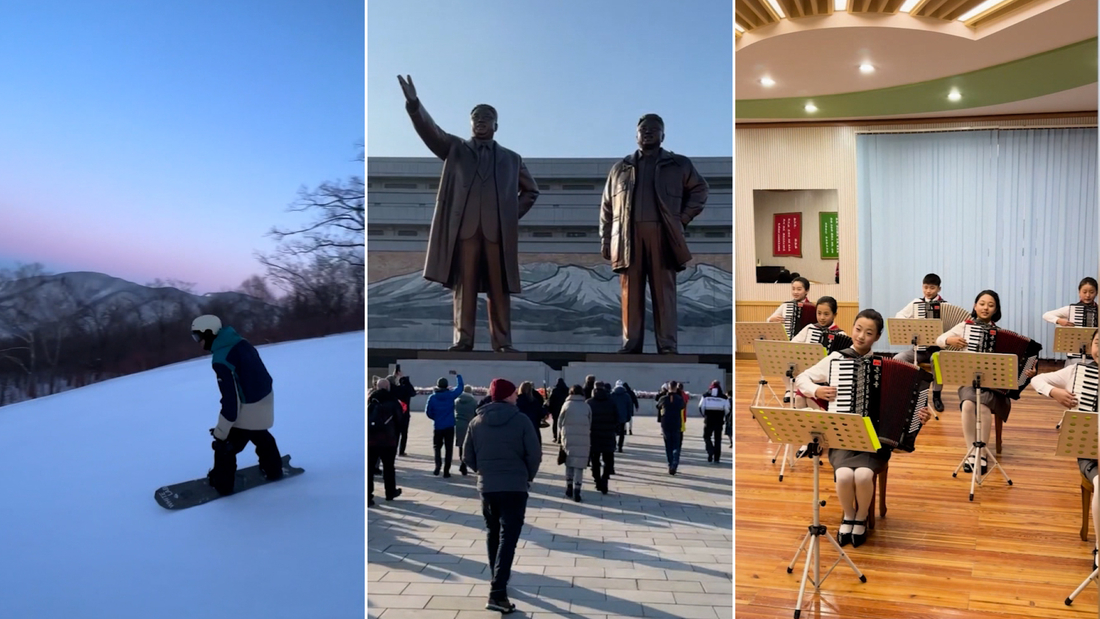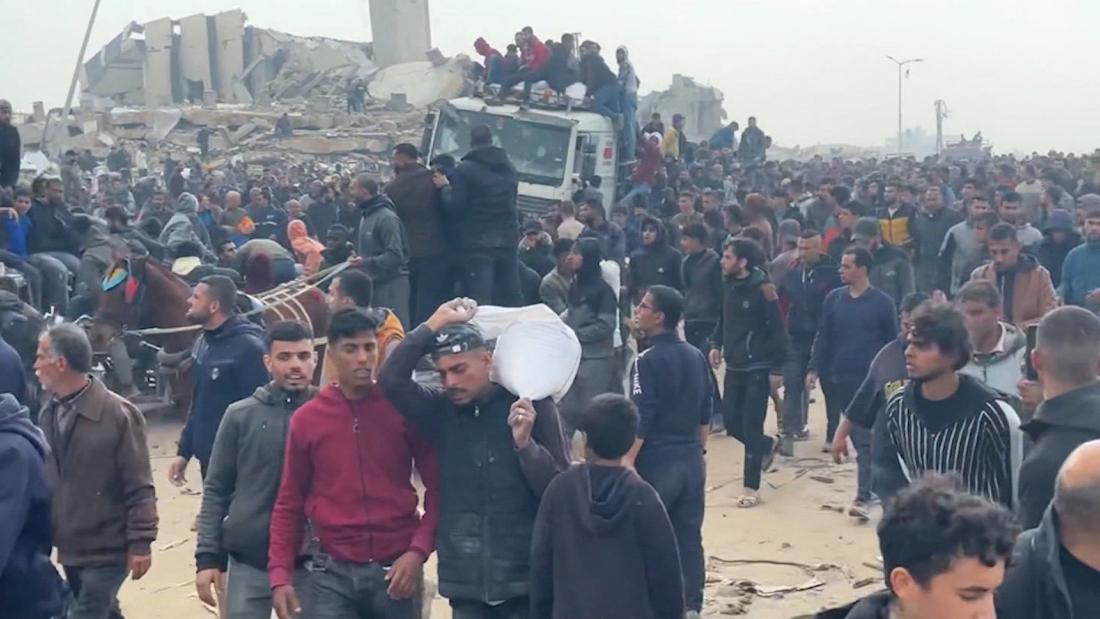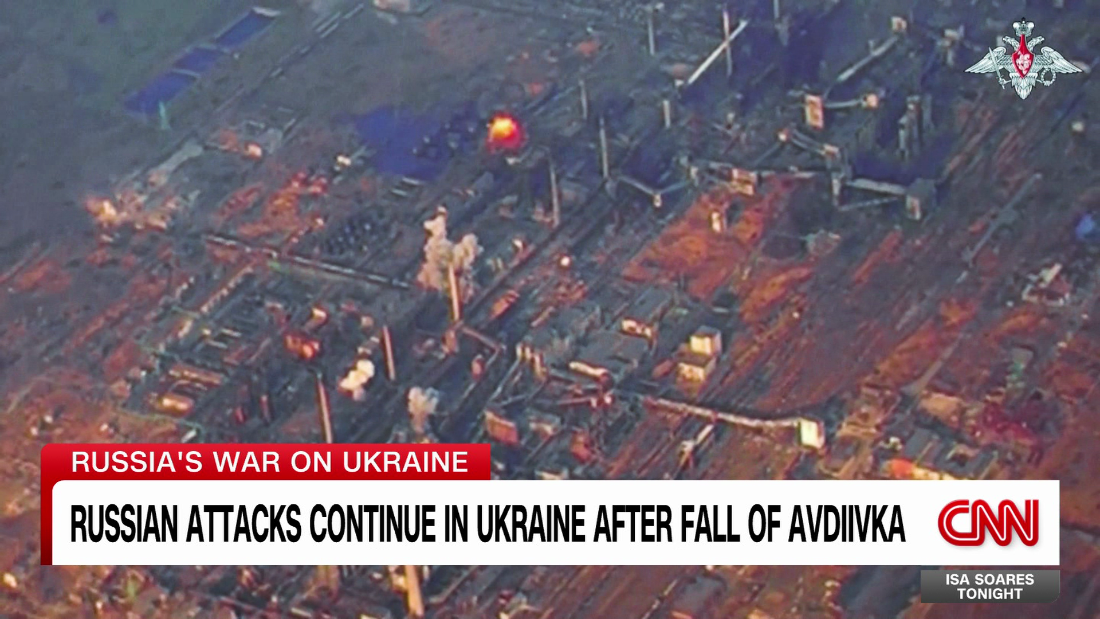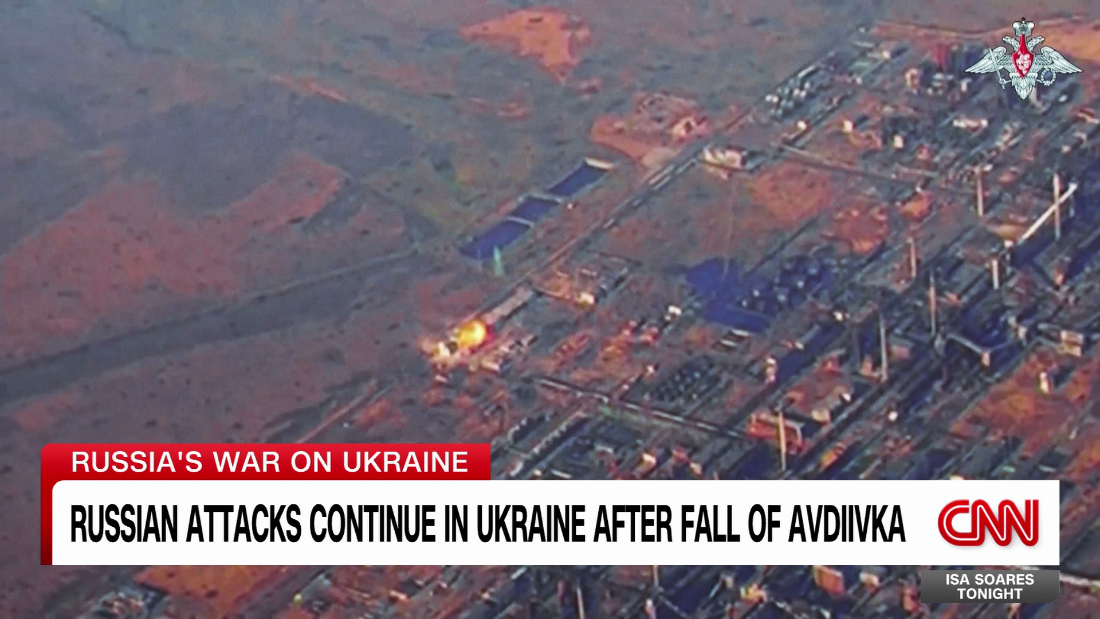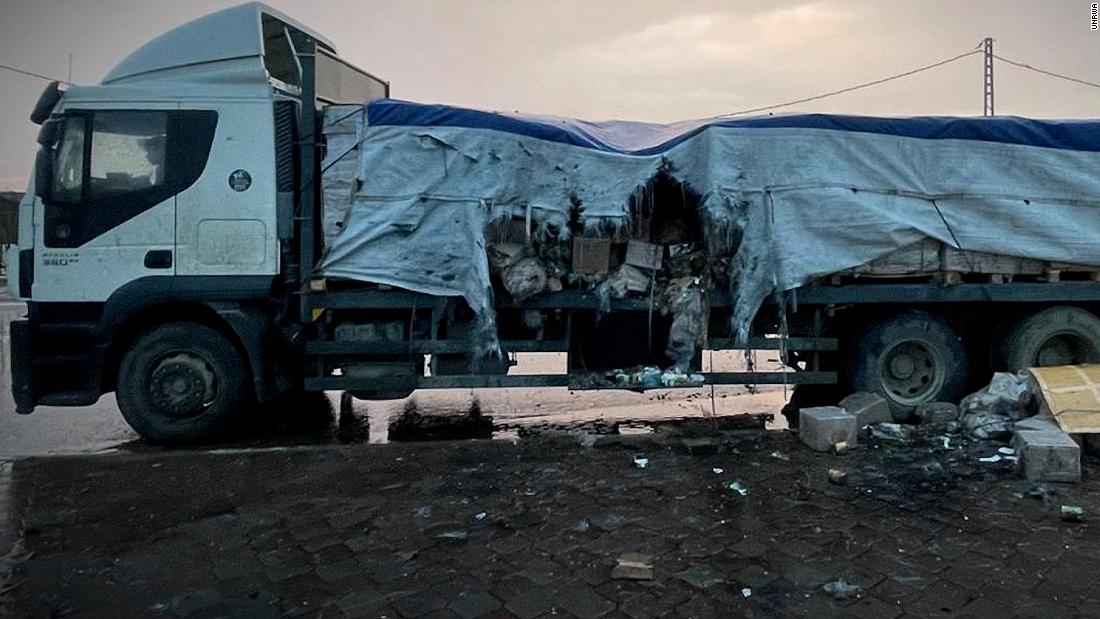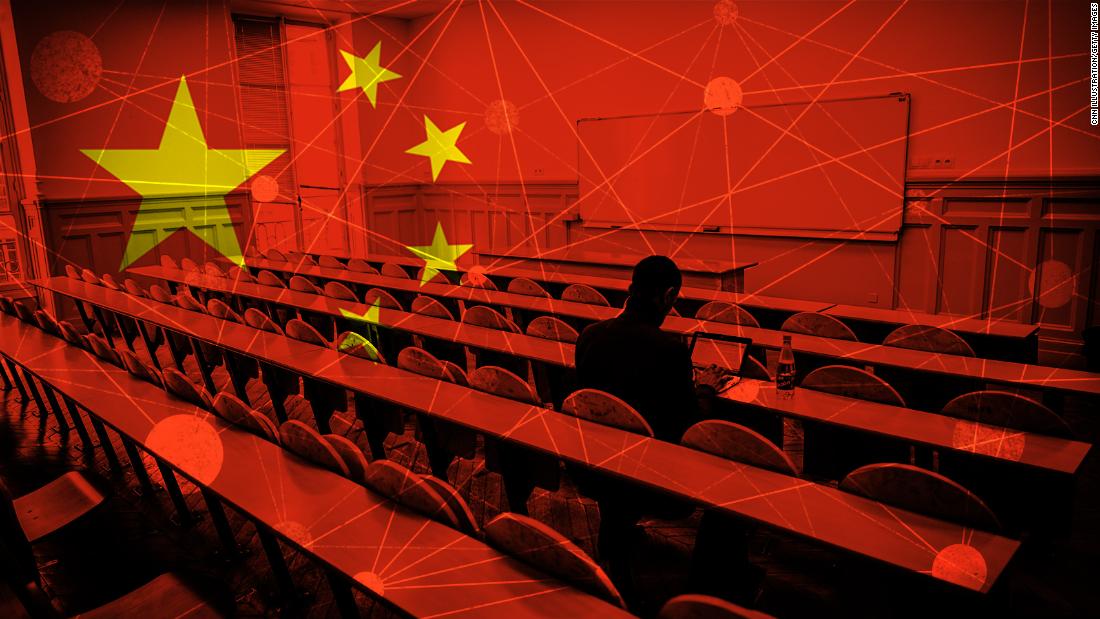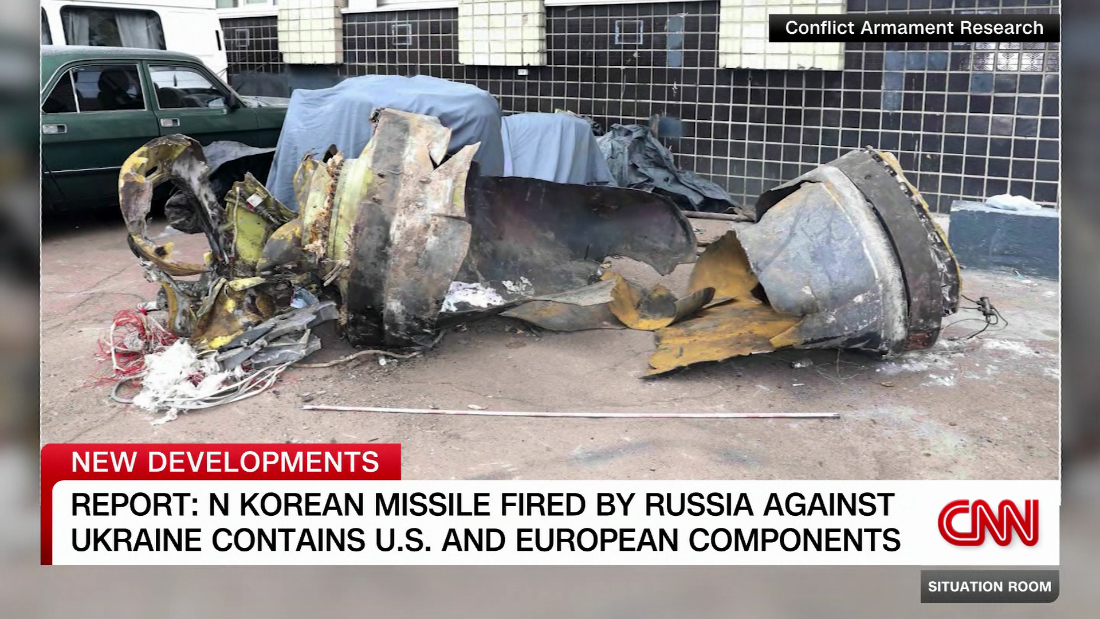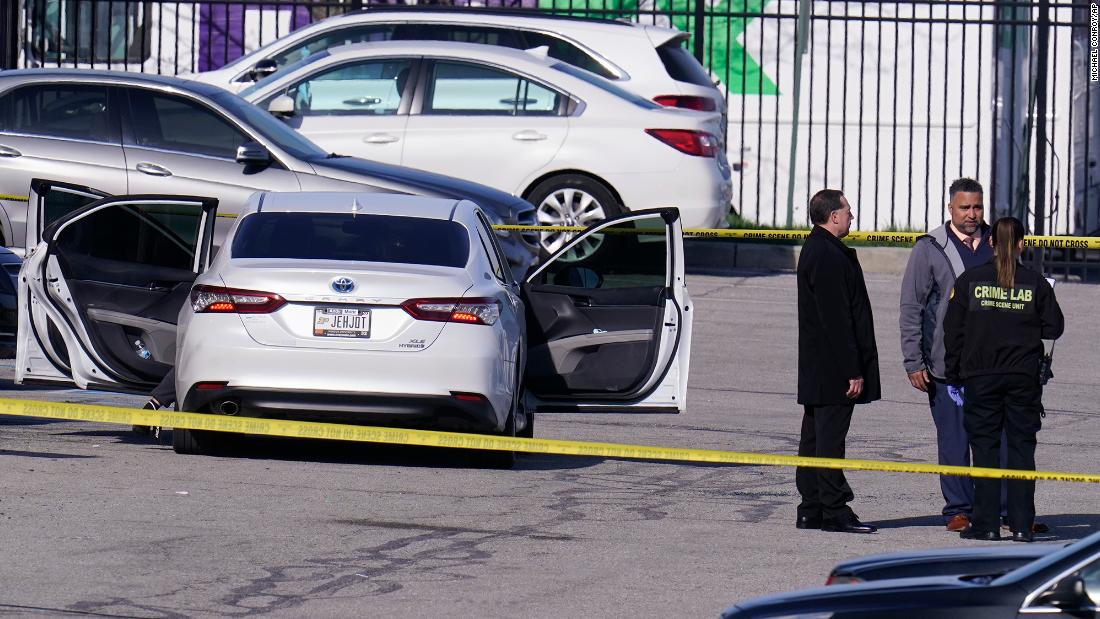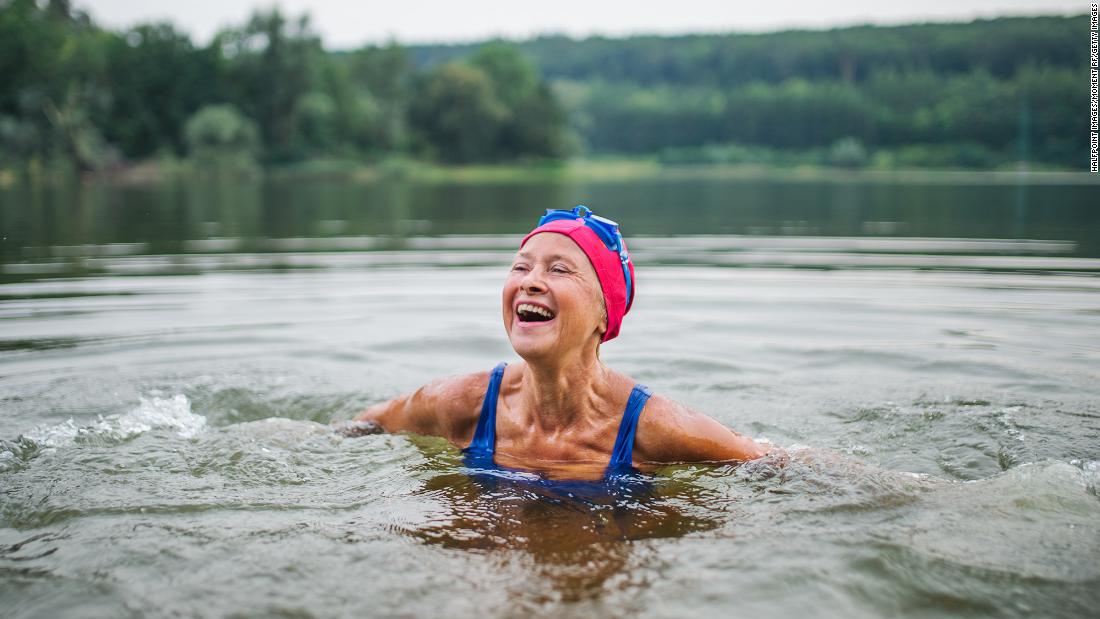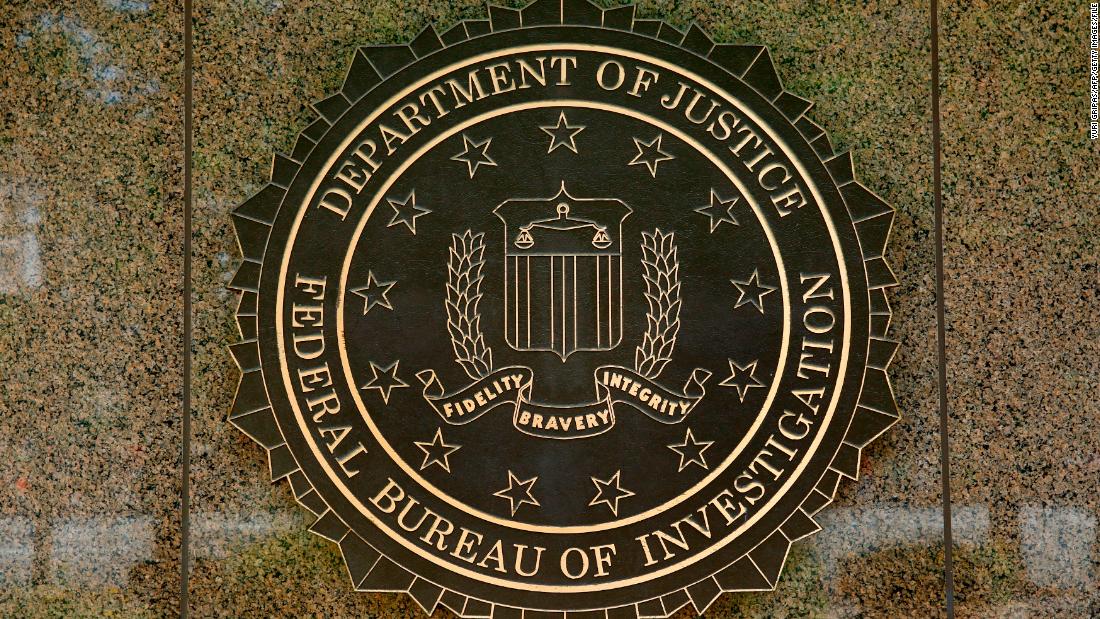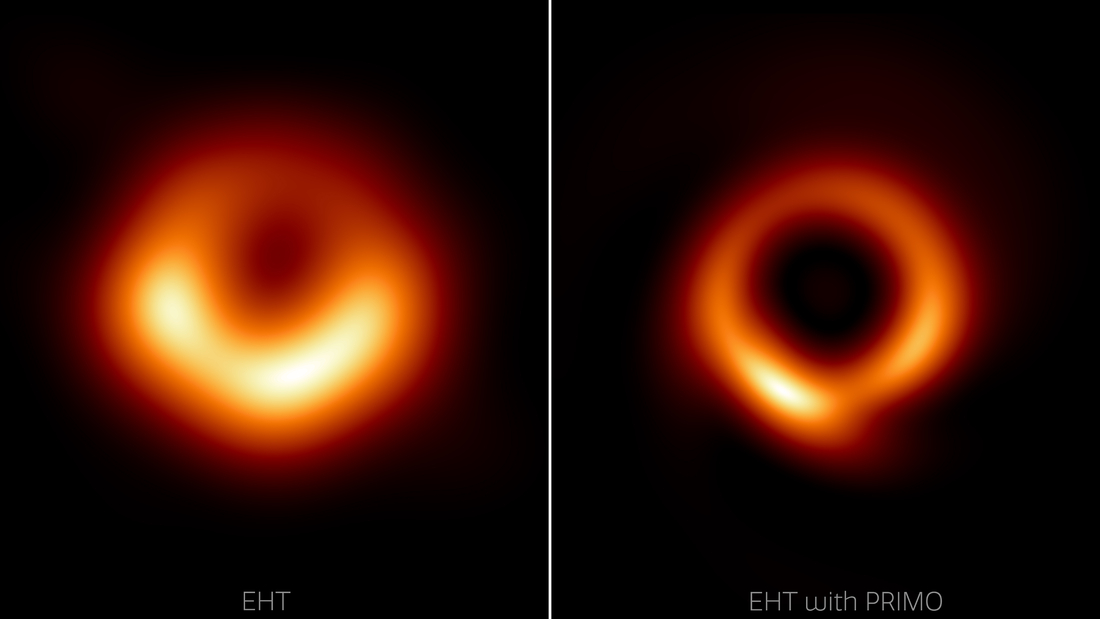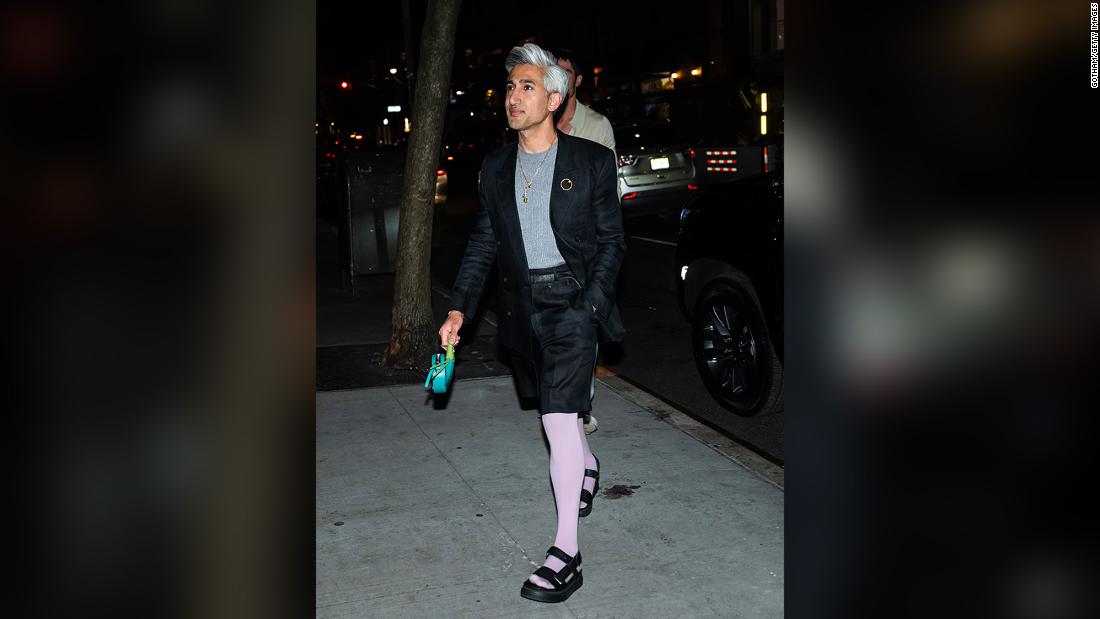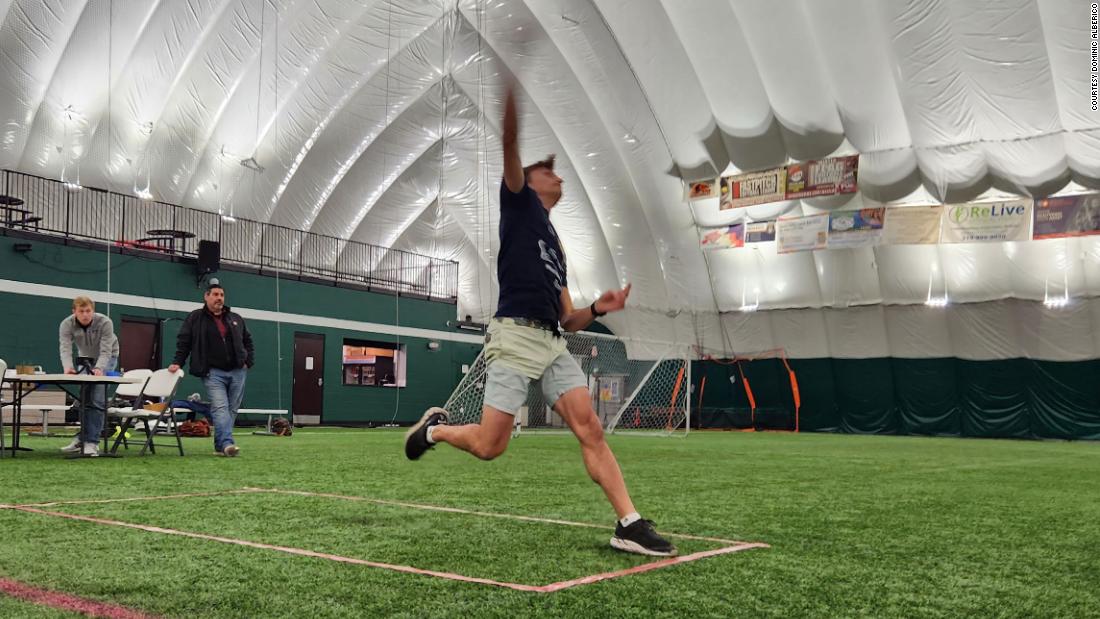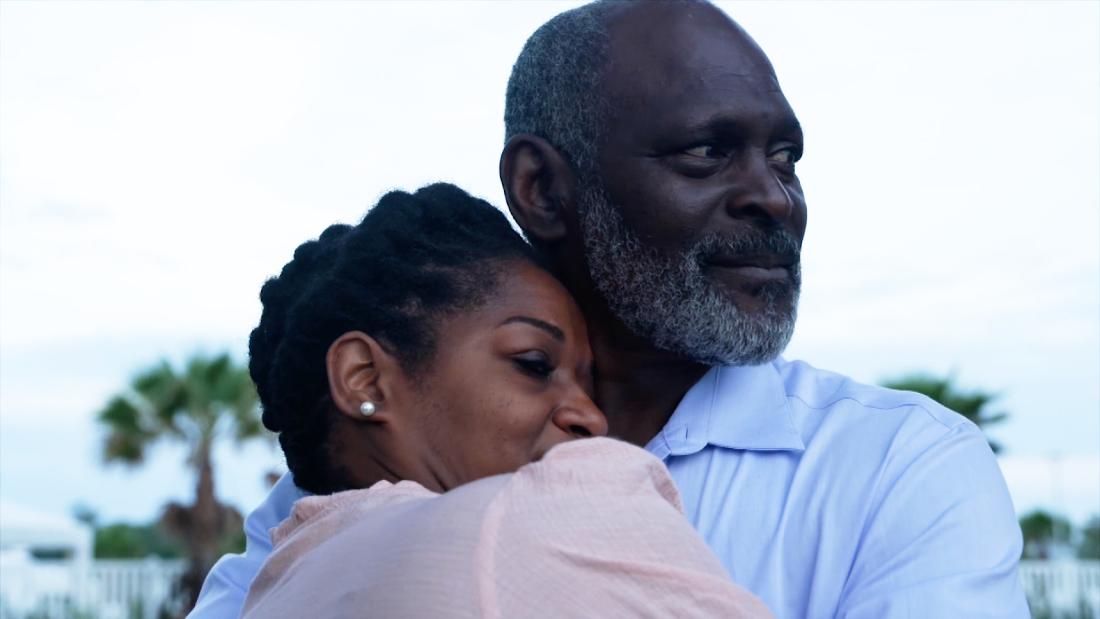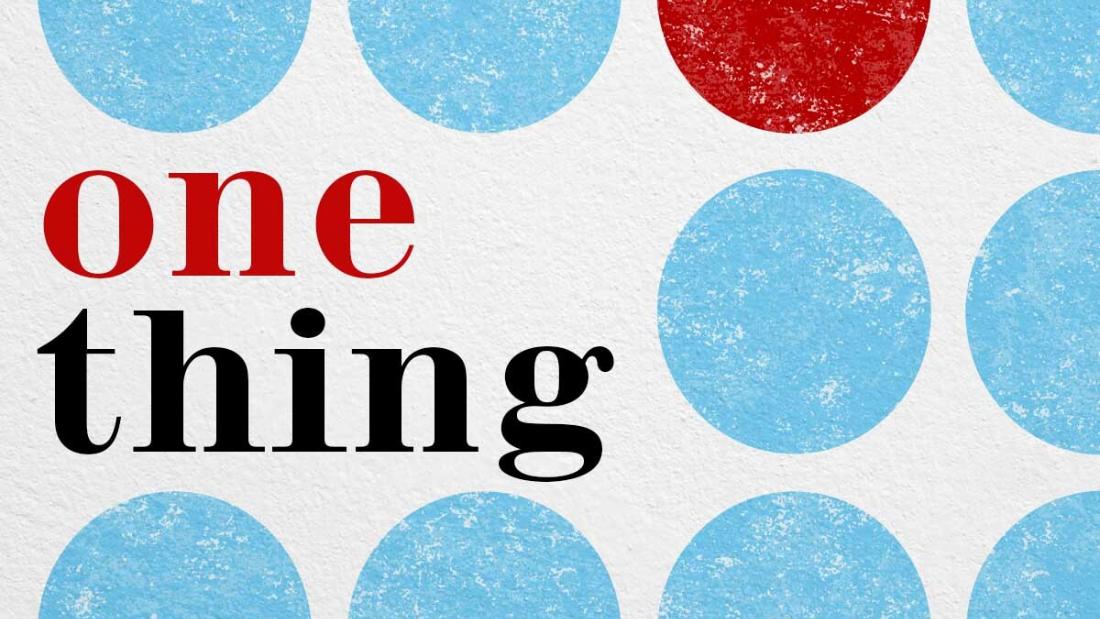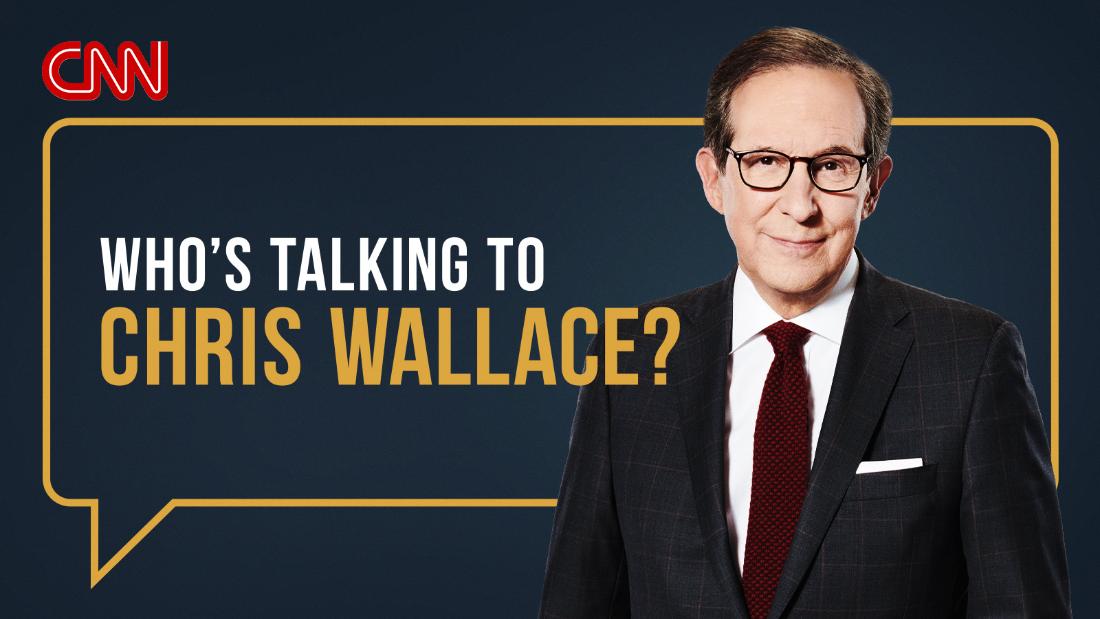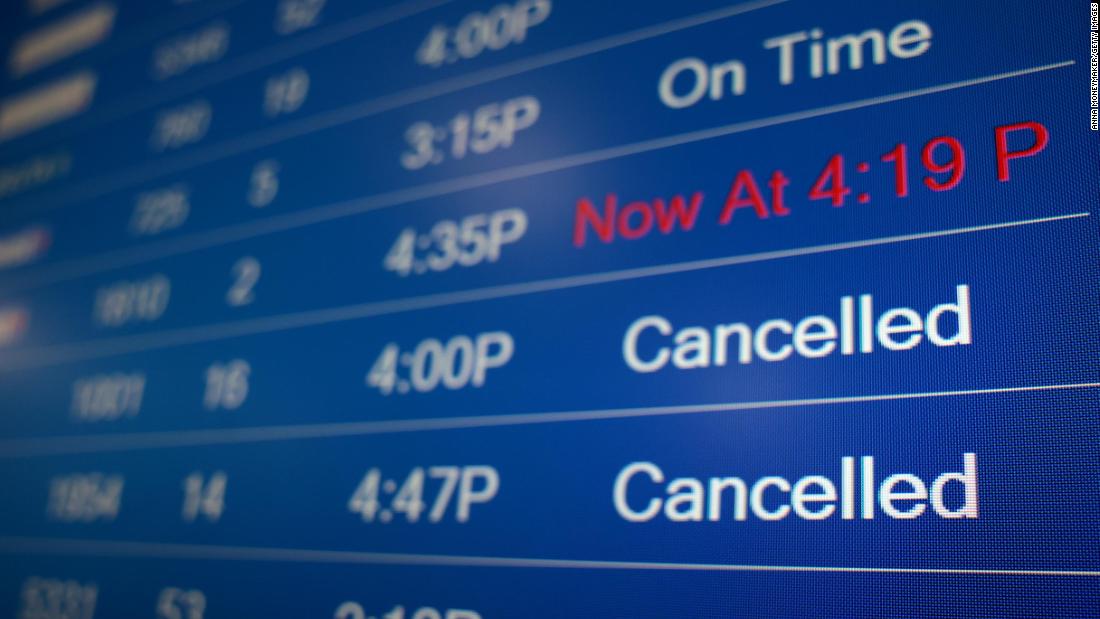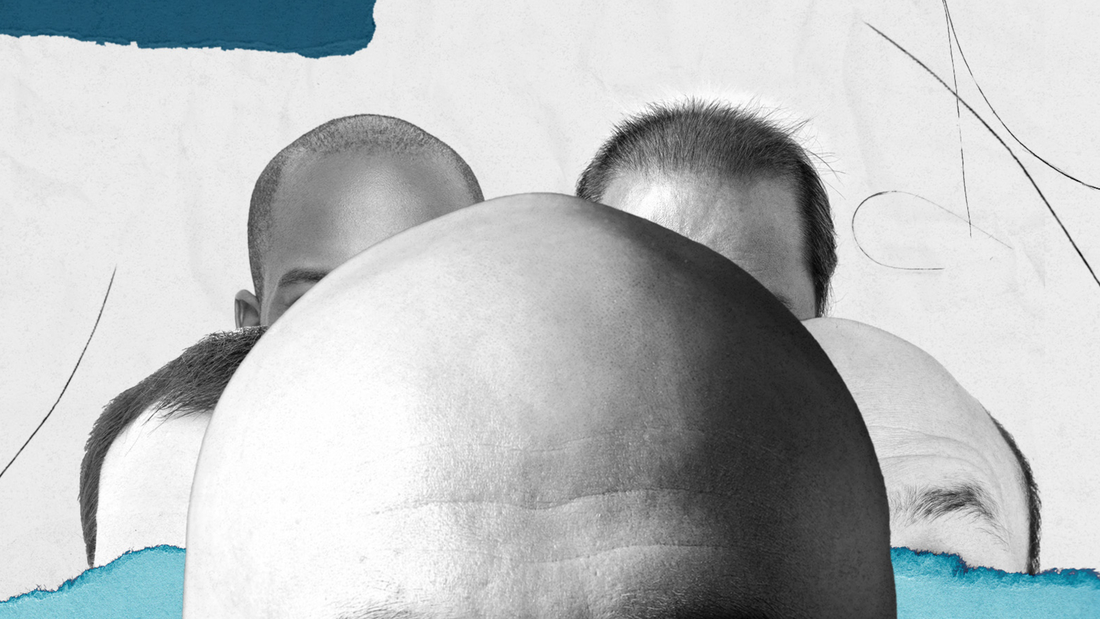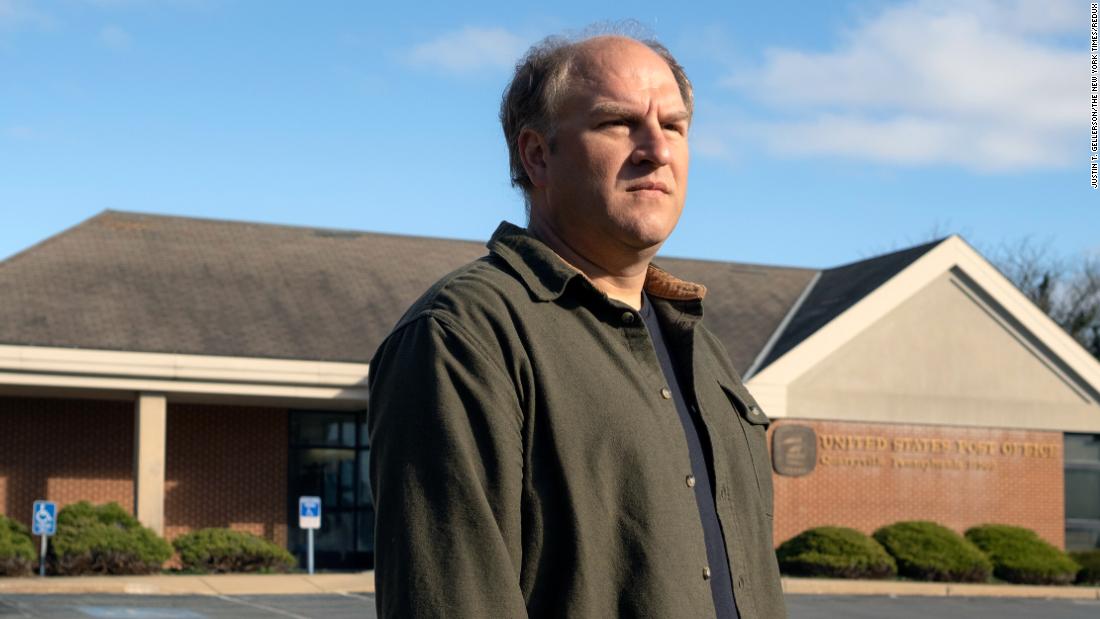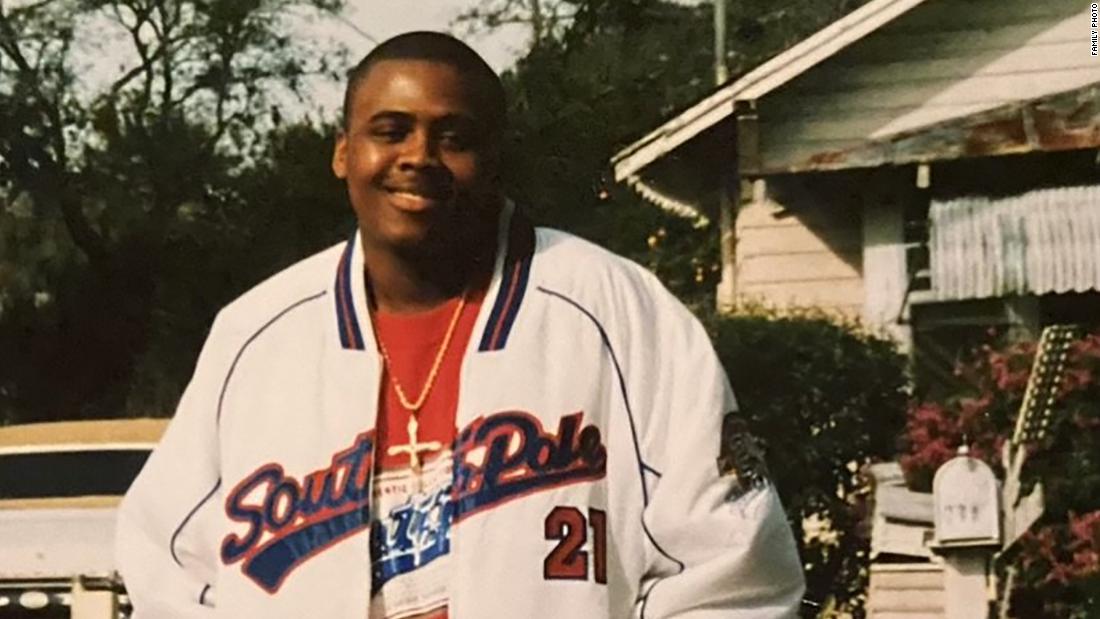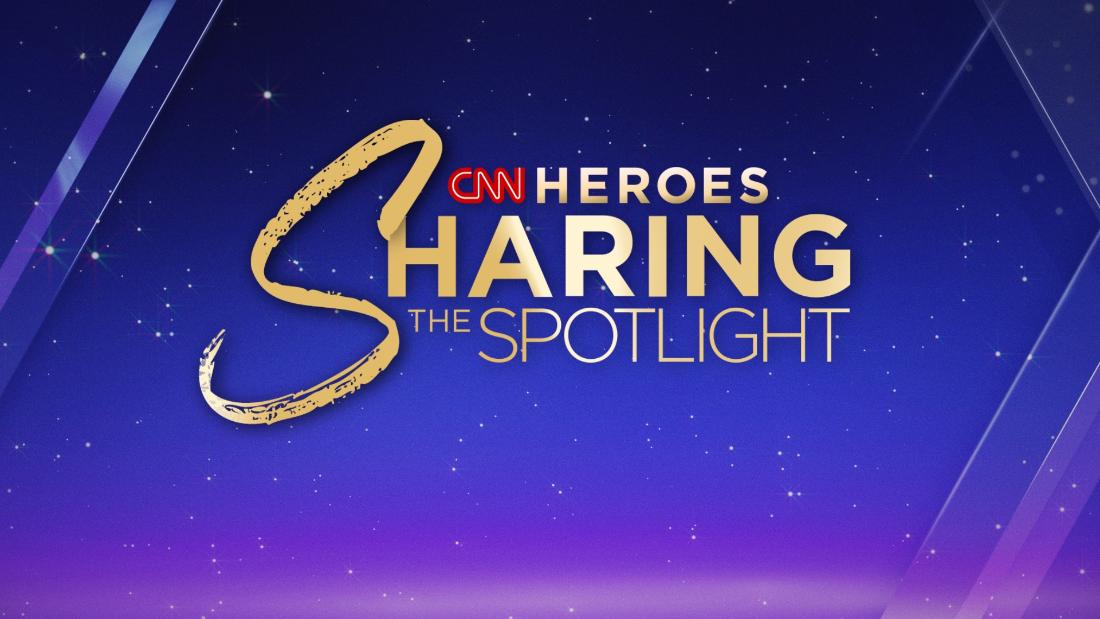PICTURED staring intensely into the camera lens while cuddling his beloved cat, he looks just like any other young teen.
But between dropping out of sixth form and turning 21, something dark grew in the mind of student Artur A – the man responsible for a shooting spree at his old school in Austria.
Artur A killed 10 in a rampage in his school in Graz, Austria
Lea Ilir Bajrami, 15, tragically lost her life in the attack in GrazFacebook
APEmergency workers bring victims out of the school building[/caption]
On Tuesday, that festering resentment saw him walk into two classrooms at BORG Dreirschutzengasse high school in Graz and open fire with a Glock pistol and a shotgun.
Today 10 families are mourning his victims, mostly teenagers who had their whole lives ahead of them before they were gunned down in cold blood.
Lea Ilir Bajrami and Hana Akmadžićis, both 15, were among the six girls and three boys between 14 and 17 to be killed along with a 59-year-old teacher.
Yet those grieving might never know the exact reason why their loved ones were murdered.
School shootings are on the rise globally.
In America, there were 83 school shootings last year compared to 36 in 2014.
While shootings remain rare in Europe, analysis by The Sun shows 83 people have been shot dead in classrooms across the continent since Britain’s worst atrocity at Dunblane Primary School in 1996.
Thirty four of the victims were killed in the last two years following three major attacks, including this week’s.
The lone-wolf nature of perpetrators means there are often no warning bells.
Eminent criminologist Professor David Wilson told The Sun: “The motivation can be a desire for notoriety, for revenge or perhaps because the perpetrator has been radicalised in some way.
“School shooters are often isolated from their peer groups, from the community in which they live and often have troubled relationships with their immediate family. Some will have a personality disorder or other underlying mental health issues.
“The 64,000 dollar question is whether it’s nature or nurture. For me, it is a messy combination of the two.”
‘Justified’ in killing
Artur A, who killed himself in the school’s toilets, is said to have been badly bullied by fellow pupils before leaving sixth form without qualifications. He was only known to police as a victim of pick-pocketing.
In a “farewell letter”, he reportedly said goodbye to his parents and framed himself as the victim of bullying, reports Krone.
He is also said to have recorded a video and sent it to his mum, speaking about the imminent atrocity, saying he was acting “of his own free will” and asked her to look after his cat.
APHundreds of candles were lit in the main square of Graz[/caption]
AFPMourners pay their respects at the makeshift shrine[/caption]
Police later discovered a disassembled pipe bomb at his home.
Professor Wilson says shooters often convince themselves that killing others is somehow justified.
He said: “There’s very often a sense of righteous slaughter, they feel somehow justified in doing what they have done because they feel entitled to behave that way.
“There’s a cocktail of factors unique to each shooter that prompts them to do what they do, but the key message is that these incidents only happen in countries which have liberal gun laws.”
AFPThe school where Artur A claimed 10 lives[/caption]
AFPPolice block the entrance to the school[/caption]
Handguns were banned in Britain following the Dunblane massacre in 1996 when killer Thomas Hamilton stormed into a primary school, killing 16 children and their teacher.
Hamilton, 43, opened fire on a class of 29 five and six-year-olds before turning the gun on himself after becoming obsessed with revenge over rumours spread locally that he was a pervert.
Professor Wilson said: “Hamilton was a very different type of shooter in that he hadn’t gone to the school but wanted to take revenge on a community.”
Columbine massacre
Analysis shows that bullying is a huge driver in school killings.
A study by the US Secret Service National Threat Assessment Centre reveals that seven in 10 classroom shooters are under the age of 18.
It analyzed the behaviour of 35 attackers and found 80 per cent had been bullied by classmates with more than half the bullying lasting for weeks, months or years.
America’s most infamous school shooting was Columbine in Colorado in 1999 when 18-year-old Eric Harris and 17-year-old Dylan Klebold killed 13 students and a teacher before taking their own lives.
Both killers bore a grudge after being bullied and excluded from the cliques at high school, with Harris writing in his journal, “I hate you people for leaving me out of so many fun things” and Klebold writing “The lonely man strikes with absolute rage.”
The deadliest came in 2007 when student Seung-Hui Cho killed 32 and wounded 17 others with two semi-automatic pistols at Virginia Tech in Blacksburg, Virginia.
Cho, 23, was diagnosed with selective mutism and depression. A judge had previously declared him mentally ill and ordered him to attend treatment after he stalked two female students.
Yet, he was allowed to buy weapons because he had not been institutionalised.
Five years later, 20-year-old Adam Lanza shot dead 20 children aged between six and seven and six staff at Sandy Hook Elementary School in Newtown, Connecticut.
The US has seen a tenfold rise in incidents involving guns in schools over the last 25 years, from 31 in 2000 to 332 last year. Nine of the 10 deadliest mass shootings in the US occurred after 2007.
AP:Associated PressStudents are overcome with grief at a shrine to Columbine victims[/caption]
ReutersDylan Klebold opened fire on classmates after being bullied[/caption]
ReutersEric Harris wrote a chilling note in his journal[/caption]
Jaclyn Schildkraut, executive director of the Regional Gun Violence Research Consortium at the Rockefeller Institute, says a rise in “life stressors” such as hardships related to finances, employment, family and relationships drove some to “act out or respond violently”.
She added that “toxic masculinity” has contributed to the steep increase.
“If we are trying to understand the root causes of gun violence, we need to start by understanding why people pick up firearms in the first place to inflict harm, regardless of the target of that harm,” she said.
Robin M.Kowalski, a psychology professor at Clemson University in South Carolina, studied shootings in school and colleges and found that the majority of perpetrators are white with a median age of 15, feel marginalised or bullied and use the events to take their own lives.
She says they are likely to have a history of psychological problems, suffer long-term or acute rejection, such as a break-up, and often have a fascination with guns and violence.
“The individuals behind the Sandy Hook and Columbine shootings, among others, had been diagnosed with an assortment of psychological conditions,” Kowalski wrote for the Brookings Institution.
NBCVirginia Tech killer Cho Seung-Hui shot 32 people in the deadliest US attack[/caption]
AlamyStudents, family and supporters attend a silent vigil in honour of the 32 victims[/caption]
Death toll rising
While school shootings are still unusual in Europe, the death toll is high.
In May 2023, 13-year-old Kosta Kecmanovic gunned down eight of his fellow pupils and a security guard at his school in Belgrade after drawing up a ‘hit list’.
In a chilling postscript, Serbian police arrested ten teenagers in the week after the massacre after they posted plans for similar attacks on fellow pupils.
Months later in the Czech Republic, postgraduate student David Kozak murdered 14 at Charles University in central Prague. He had previously dropped out of education.
Earlier this year, Sweden suffered a tragedy when a gunman opened fire at an adult education centre, killing 10 students before turning the gun on himself. Shooter Rickard Andersson, 35, was a society drop out who had previously applied for a maths course at the centre before leaving the course in 2021.
EPATeachers comfort a student after the Serbian shooting in 2023 claimed nine lives[/caption]
APBelgrade police block the street to the school[/caption]
czech policeDavid Kosak opened fire at his Prague university[/caption]
While there is no comparison data with America, research by the Rockefeller Institute of Government shows the US had suffered “more public mass shootings” than countries with similar levels of economic development.
According to their study, 109 shootings were recorded in the US between 2020 and 2022, compared to six in France, five in Germany, three in Finland and two in the UK, Austria, Italy, the Netherlands and Sweden during the same period.
These figures reflect the severity of gun laws in different countries.
According to the Small Arms Survey, there are an estimated 120.5 civilian firearms per 100 people in America. In contrast, the figure is 4.6 in England and Wales, 19.6 in France and Germany, 30 in Austria and 391 in Serbia.
GettyDistraught mourners in Sweden, where a gunman opened fire at an adult education centre[/caption]
GettyRickard Andersson killed 10 students before turning the gun on himself[/caption] Published: [#item_custom_pubDate]












